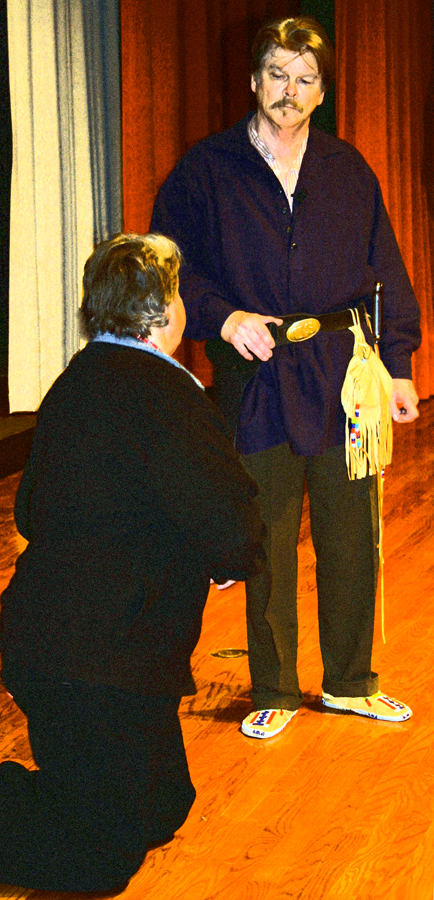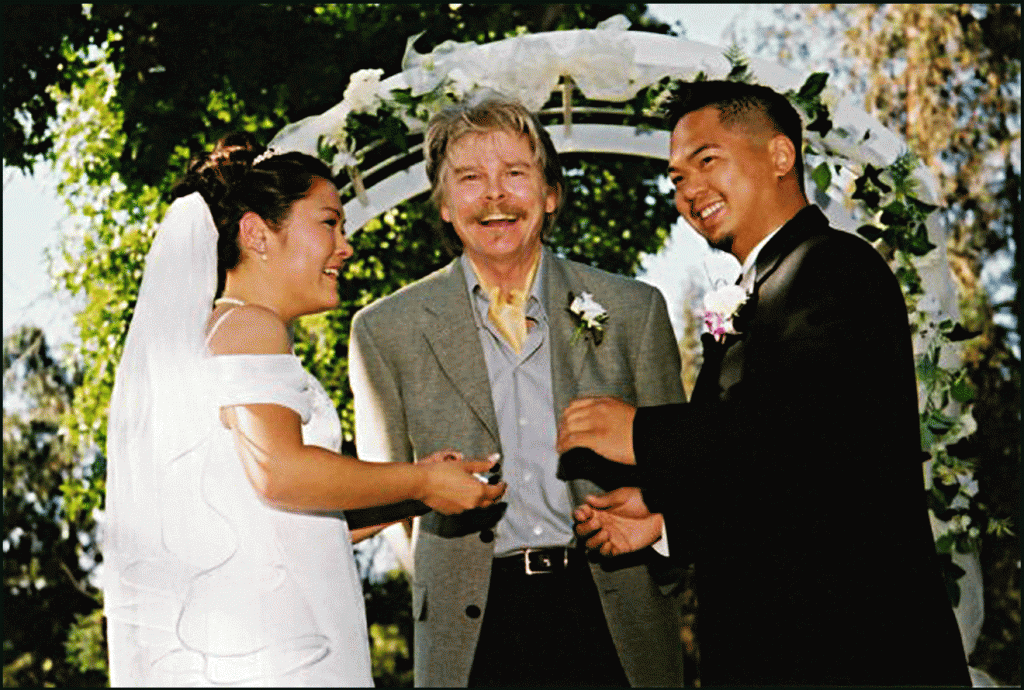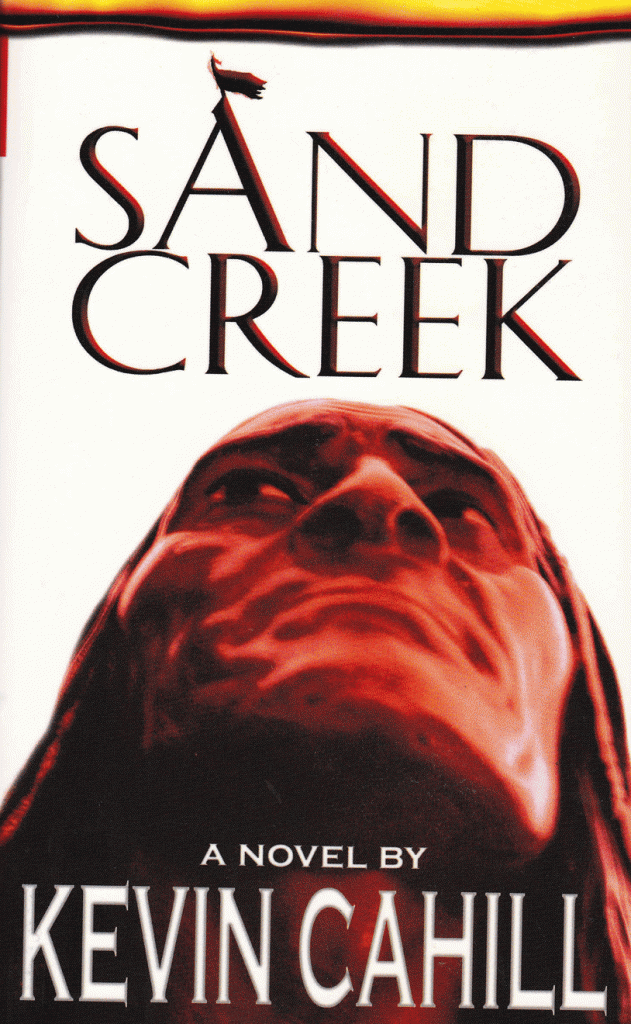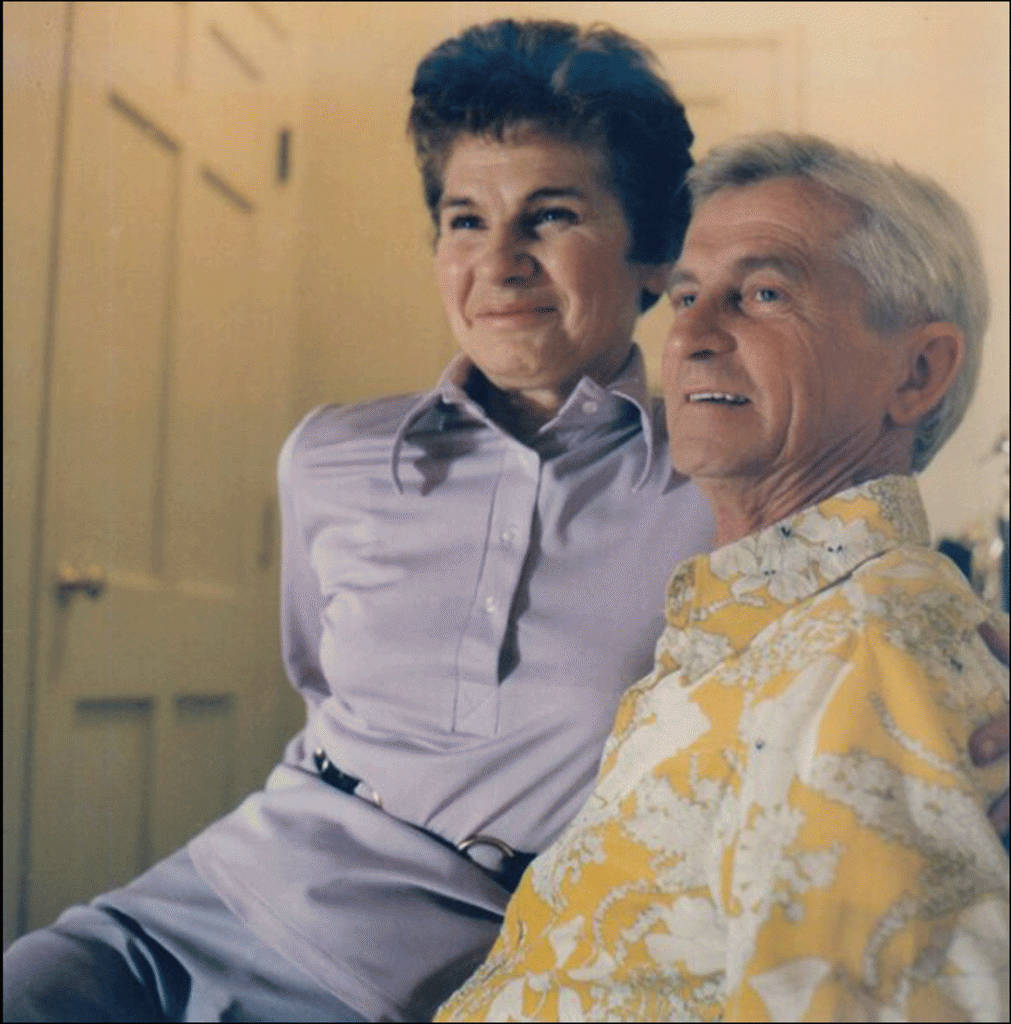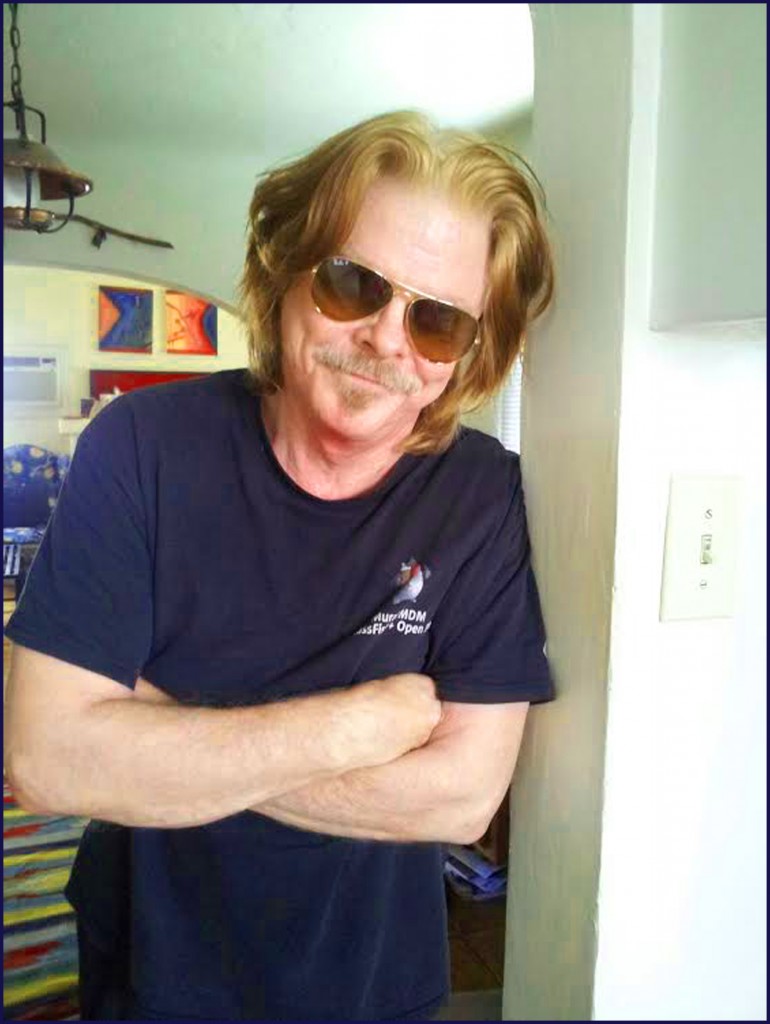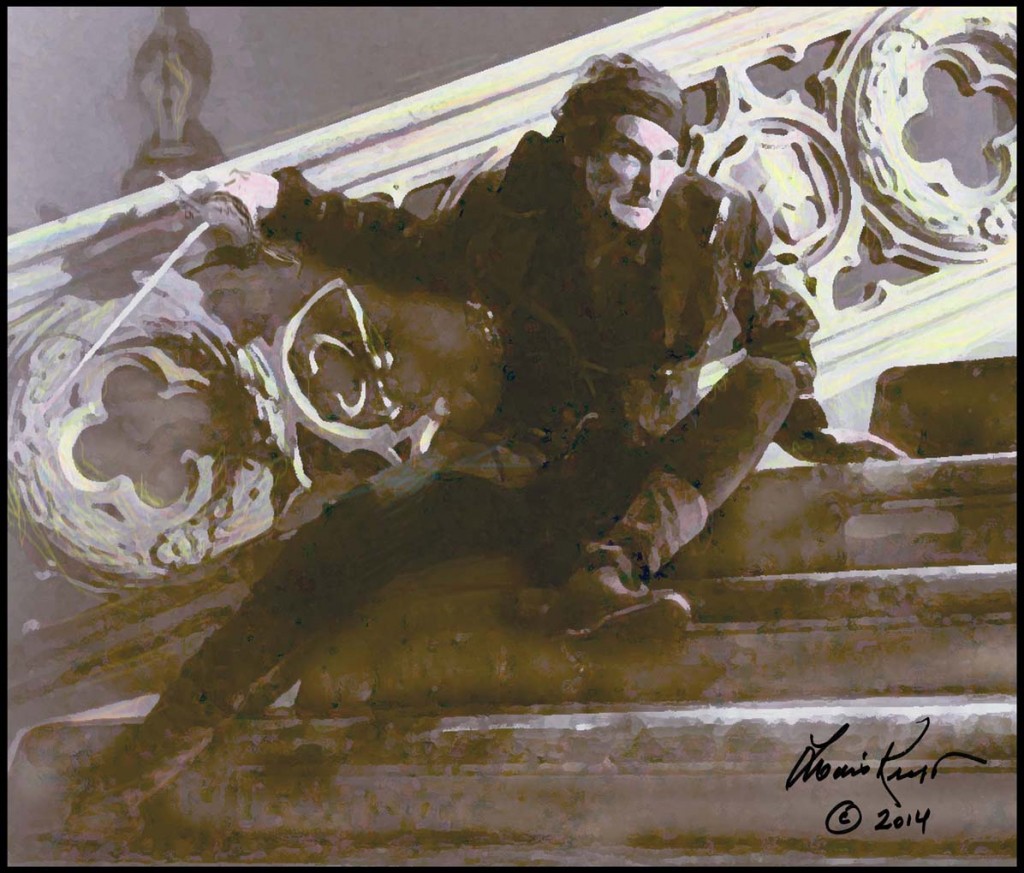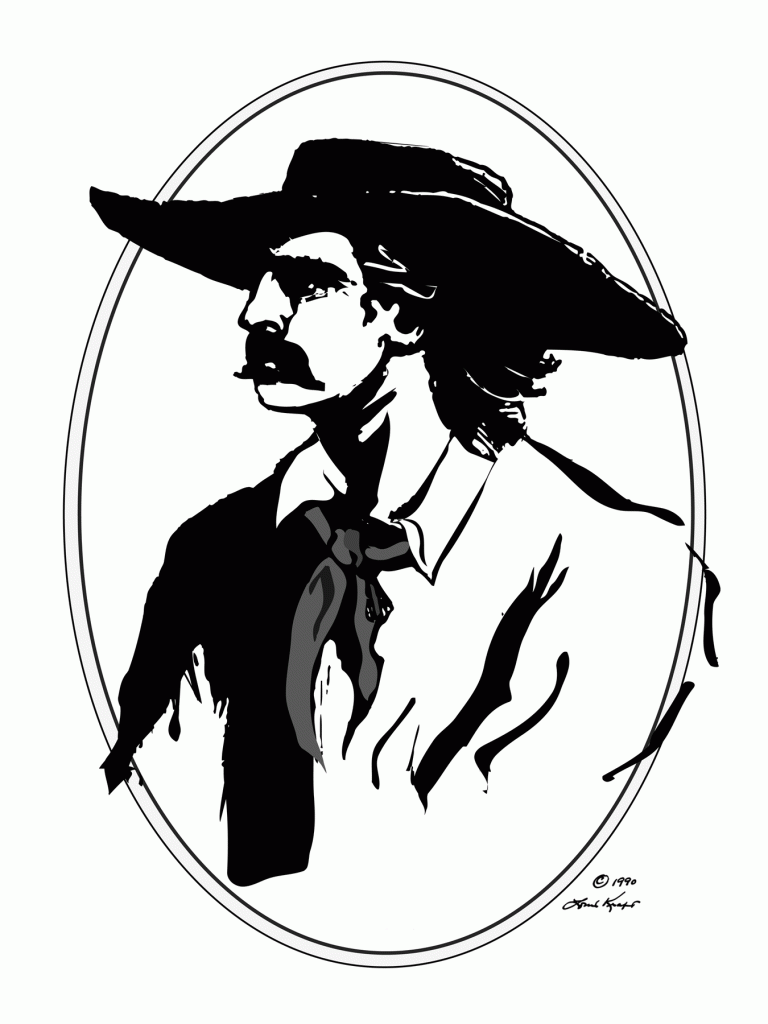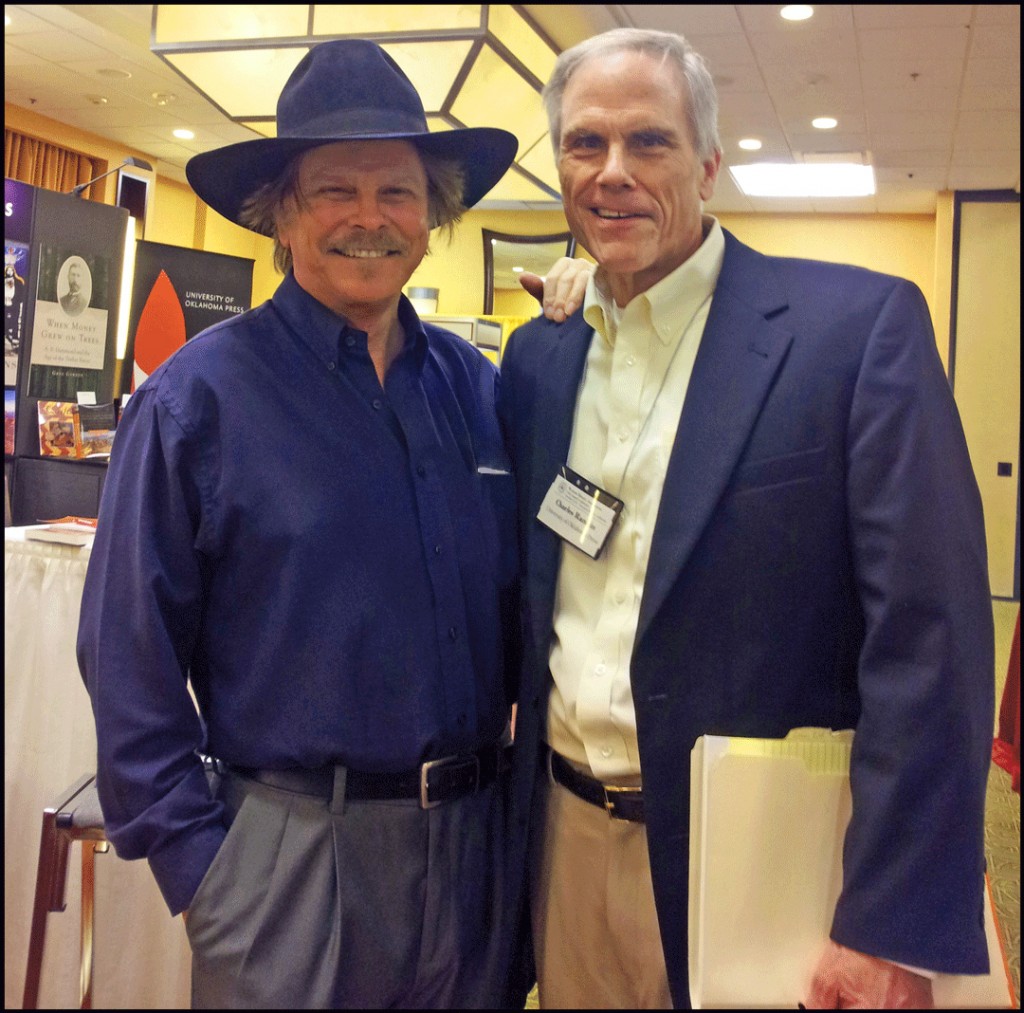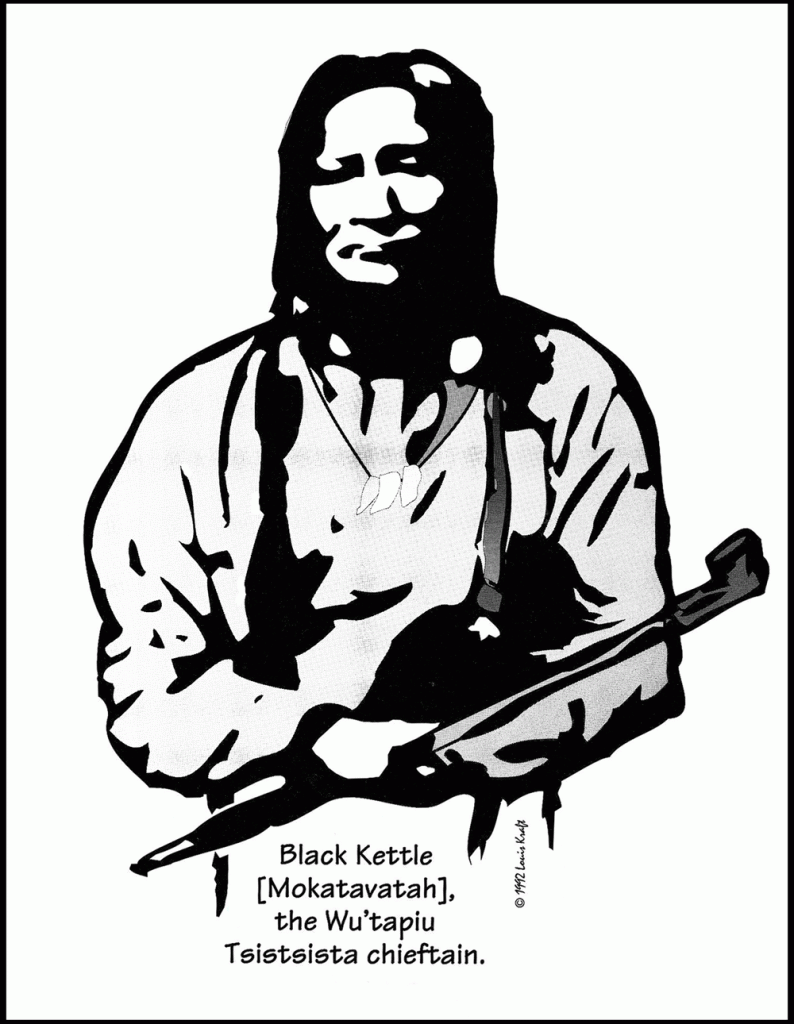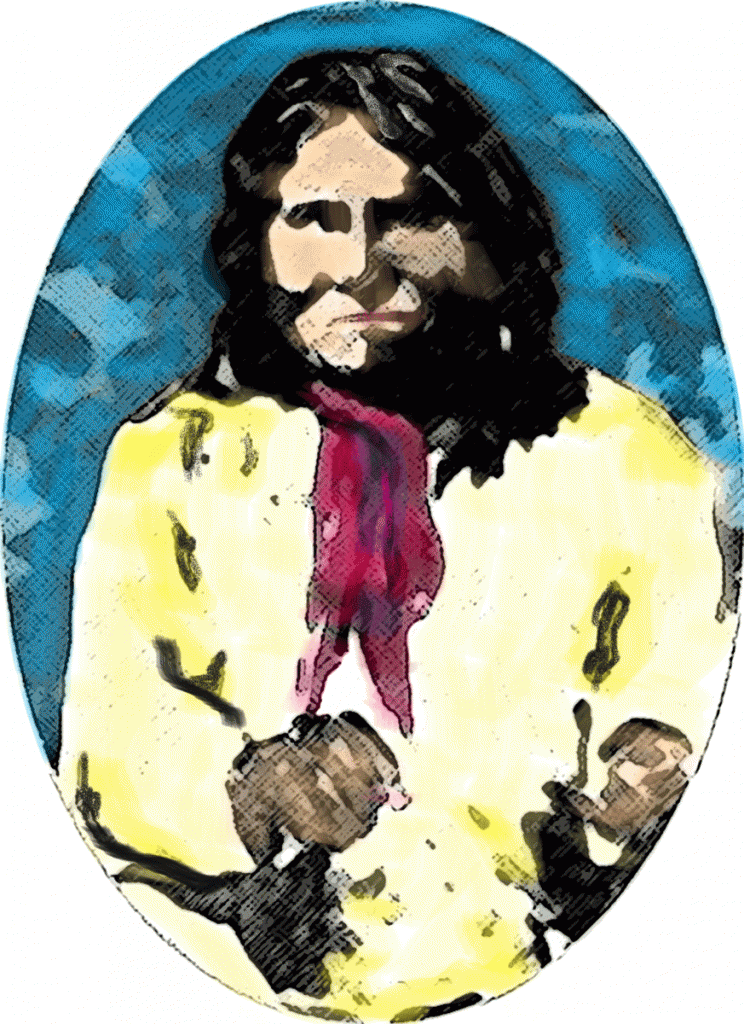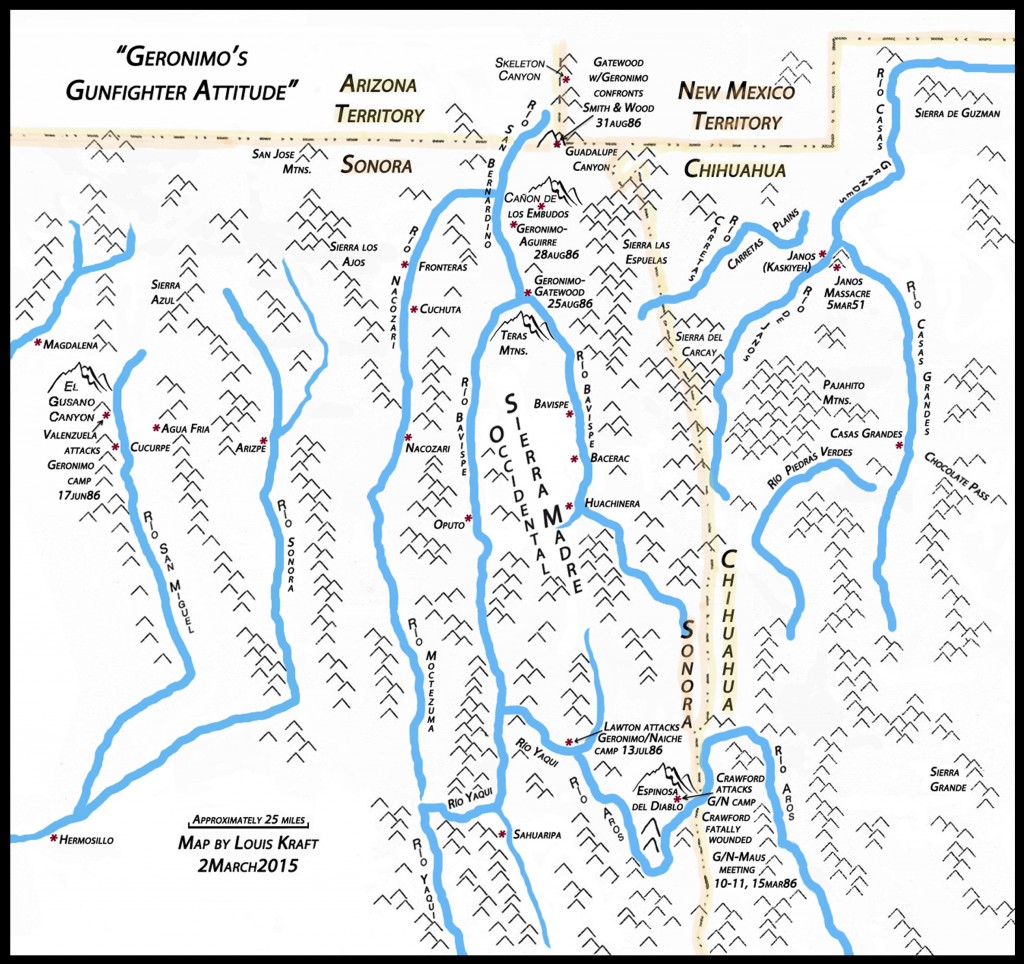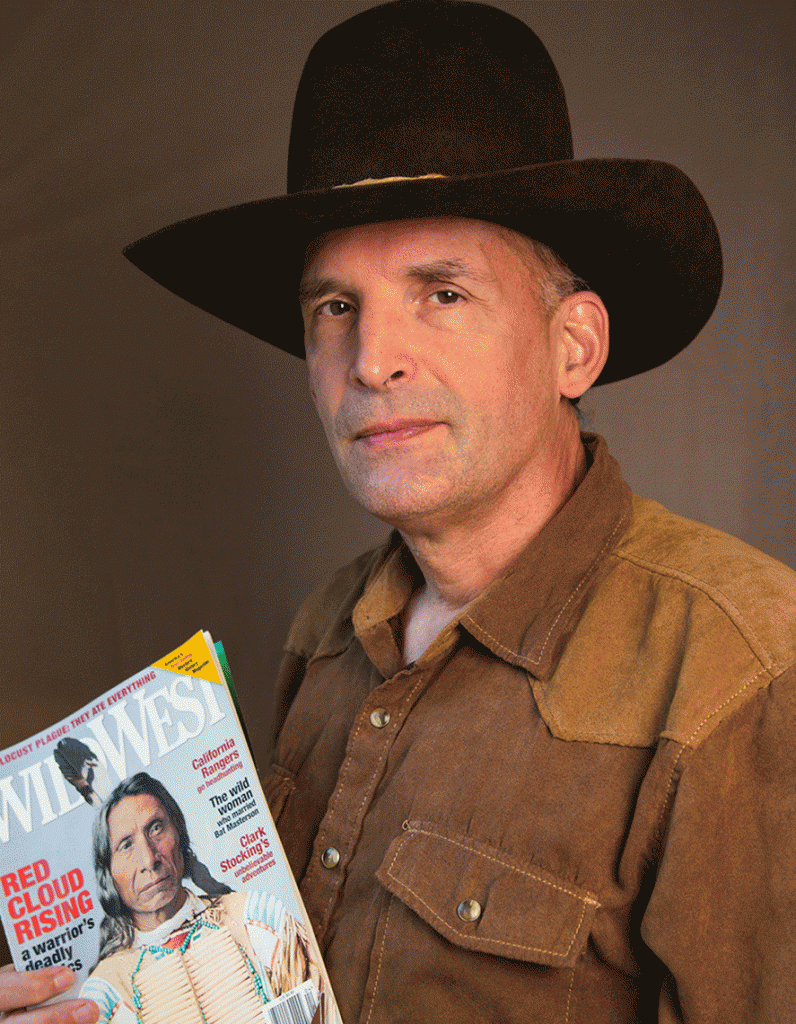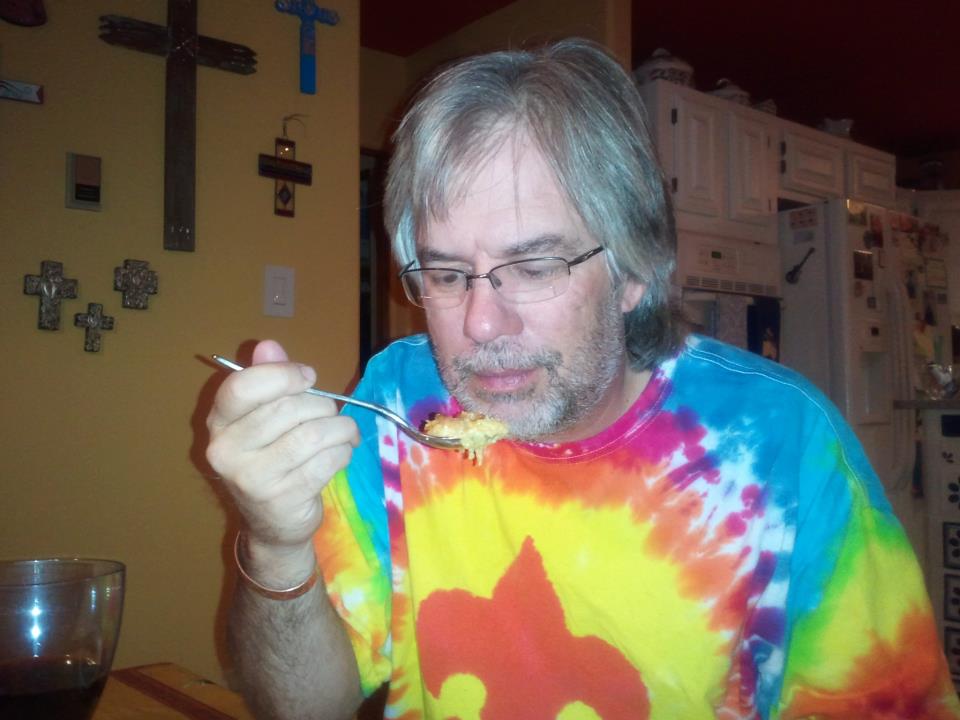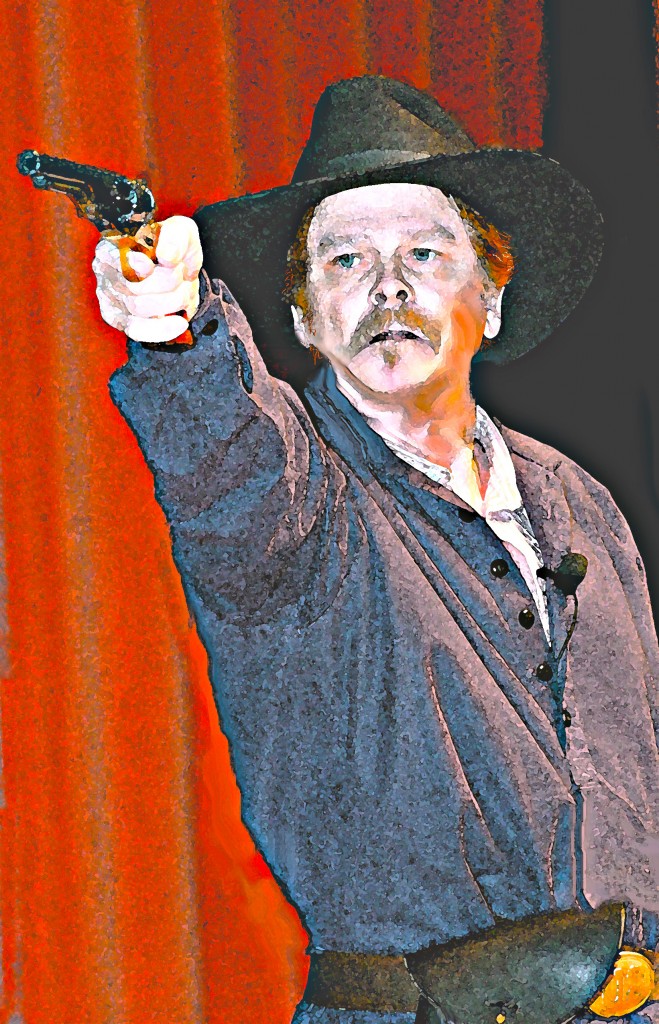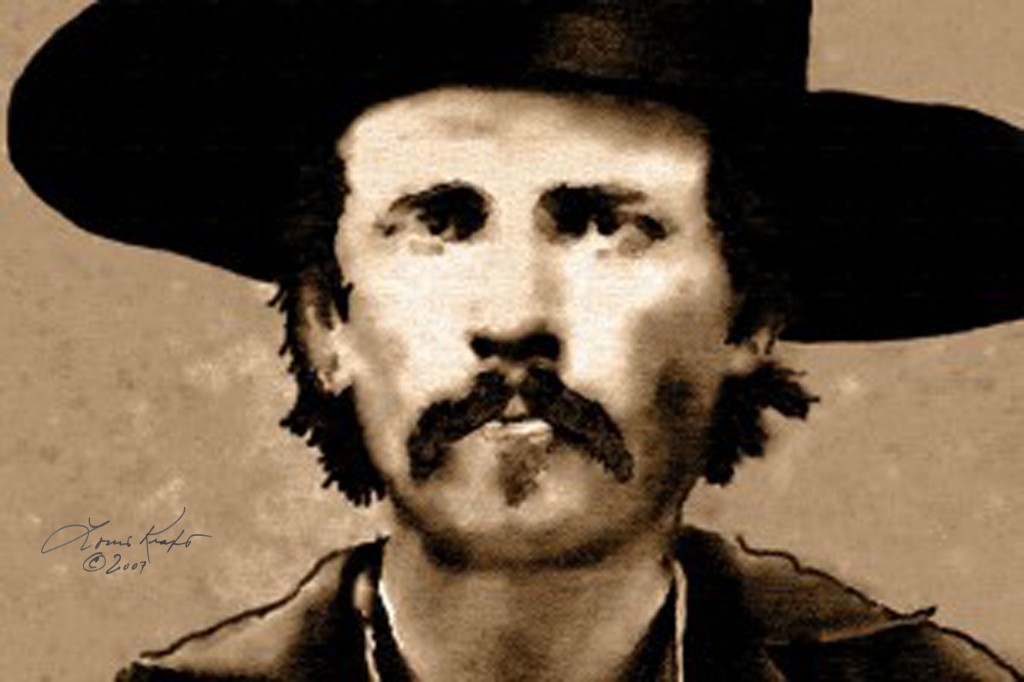Website & blogs © Louis Kraft 2013-2020
Contact Kraft at writerkraft@gmail.com or comment at the end of the blogs
On July 8 Pailin and I went to a dinner party with two friends who date back to my college days in Los Angeles just east of the 405 freeway. I believe that Saul Saladow has lived in his split-level townhouse for 20 years (and I don’t blame him, for it is nice). I believe that he joined me in the theatre department for the four years I attended college. He went on to a very successful career as a film editor. Veronica Morra became the girlfriend and future wife of a very good actor-singer in the theatre department. We met in college and the relationship continued after those years ended. Eventually they moved to the East Coast to be near their son and his family. At that point (or before) I lost contact with Vee (as Veronica prefers to be called) until she found me on social media several years back. Our friendship has grown.
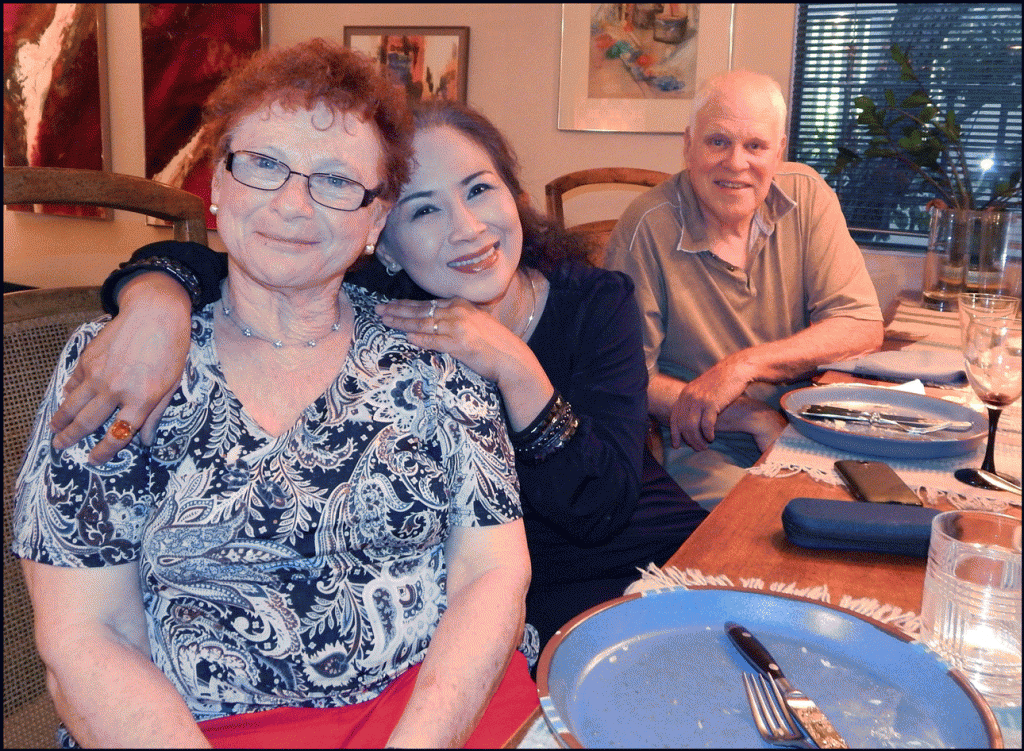
Taken at Saul’s townhouse in Los Angeles on 8jul2015. From left Vee Morra, Pailin, and Saul Saladow. Photo by Louis Kraft, and © Pailin Subanna-Kraft, Veronica Morra, Saul Saladow, and Louis Kraft 2015)
Pailin met both Vee and Saul when they visited us for dinner at Tujunga House in December 2013. Vee had traveled to Los Angeles to see Saul (who is a lifelong friend of hers) and other friends from long-gone days. Luckily they had one afternoon and evening free to visit us. Good times.
Nearing the end of our visit to Saul’s home Vee told me about a writer that she not only knows but likes the lady’s writing. She told me that this person spends nine months researching a book and then writes it in three months. Although I have continued to work on the Thai blog, which continues to grow, this writing schedule grabbed my interest. It is something that I want to discuss for although it is related to my writing life it is in stark contrast to my writing world.
This means one thing—lucky you—for this blog should be relatively short by my standards. At least I hope so. … Fat chance.
Not too long back in the past …
Over the course of my life I have met and known many writers, editors, agents, and other talented people that have played small and large roles in my writing world. Some have taken me under their wing and nurtured me and have done everything to further my career (and that includes in the software world). Others have been less open or friendly. I’ve always rolled with the punches.
In 1987 I learned of a Western Writers of America convention in San Diego, California, and contacted one of the hosts of the event. He made it possible for me to know exactly what I needed to do to attend the event. By this time I had been selling articles and giving talks about the American Indian wars since the mid-1980s. I had also had some eight or nine intense screenwriting years with an agent and a writer-producer between 1976 and 1984, both of whom marked up my manuscripts and then discussed them in detail. These two fellows played a huge role in my future. The agent and I came close to optioning or selling on several occasions without success and this included me pitching my film contacts, which were numerous back then. The writer-producer loved a screenplay that was about the destruction of Germany in WW II as seen through the eyes of a U-boat commander and his Jewish girlfriend (yep, I was dealing with racial content way back then), but he wanted me to rewrite it and take out the genocide on Jews and change the war to WW I. If I did this he said that he’d produce the film. You can guess my answer: “No,” as he wanted to remove the entire reason why I wrote the screenplay. By 1987 I had also taken a ten-week fiction class at UCLA and had continued private lessons in Westwood, California, with the writer that taught it. I had a completed and polished novel called The Null State, which dealt with bootlegging on the modern-day Navajo Reservation. It was a thriller that also dealt with race, and my research marked the first time that I would spend an extended time on the Diné (as the Navajos call themselves) reservation.

LK doesn’t have many images from the years 1987 through 1989 (and none of the writer I’m talking about—later in our years of friendship I have a lot of images but decided that none would be featured on this blog). This 1989 image was taken at Encino House (the first house I owned with my first wife). Dejah Thoris, named after Edgar Rice Burroughs’ The Princess of Mars (Burroughs first novel in his John Carter of Mars series) was the most affectionate and kindest animal I have ever known. Yep, she’s giving me a big kiss. I loved her with all my heart and have never owned another animal after her death in 1992. When fully grown she was 55 pounds. My brother Lee had two Doberman Pinschers and they were both about 110 pounds. They were kind animals too, and they always greeted me by leaping up on me—this meant that I would back up a couple of feet as I tried to regain my balance. That said they were kind and loving dogs. Certainly animals can be trained to hurt and maim but that’s on the owner and not the animal. … That is my father to my left. BTW that’s not straight juice that I’m drinking, as I don’t think that I drank straight juice at that time. It was probably a Screwdriver. (photo © Louis Kraft 1989)
At the San Diego convention I met an Apache expert (Danny Aranda and his beautiful sister, who would have a short life—when I learned of this decades later it destroyed me but luckily I kept control of my emotions) that would become a long-time long-distance friend to this day. I would also meet a woman that would soon become my agent. She tried to sell The Null State but couldn’t. In 1989 she would sell an unwritten story that I pitched with her one night to an editor. I hadn’t written a word of my proposed The Moon of the Changing Season, which focused on race relations during the lead up to the October 1867 peace council at Medicine Lodge Creek in Kansas between the whites and the five major plains tribes on the central and southern plains. The “moon of the changing season” was what the Cheyennes called October. Walker and Company published my manuscript as The Final Showdown in April 1992. She and I also sold a follow-up western that dealt with Kit Carson, a Navajo warrior, and his granddaughter (but that contract ended when the publisher decided to drop their western line).
The writer that had helped me attend the 1987 WWA convention became a friend. He had sold a lot of novels, but most were hack genre fiction that if I remember correctly he wrote them in one or two months and did one review pass after he competed his draft. These stories became part of a number of genre series of books of which one was published each month under pseudonyms that represented four or five or maybe six writers creating the 12 books published each year for the various titles. I didn’t spend much time discussing this business with him as I really didn’t want to write fiction that I didn’t like reading. … To be honest, I don’t like reading clichéd crap and I certainly didn’t want to write it.
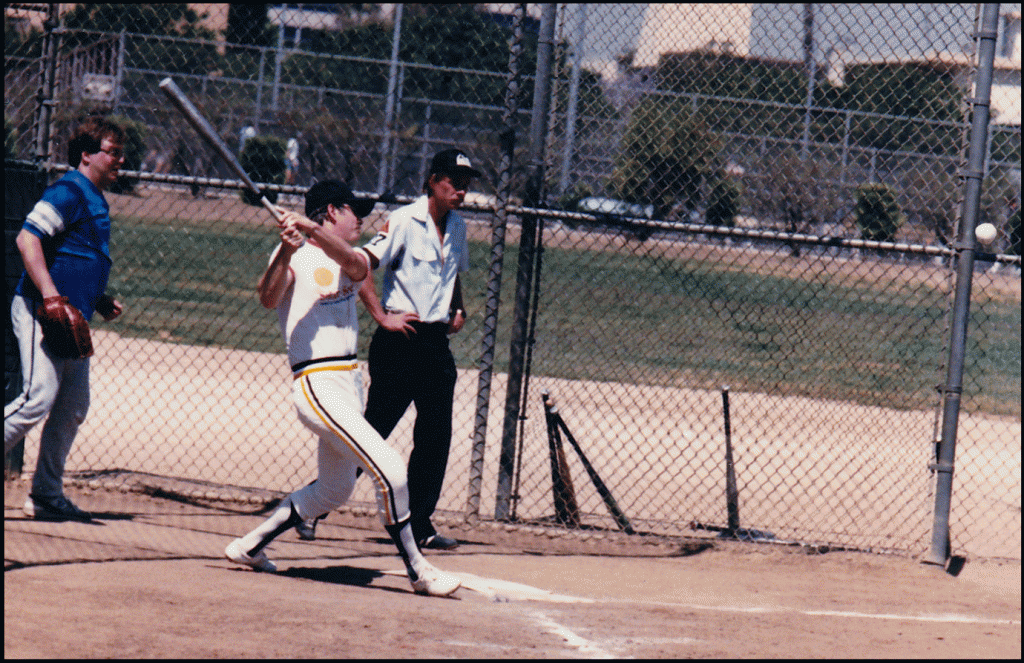
In 1980 after our mother died on January 4 my brother Lee and I decided, with a group of friends, to create a baseball team. For the next 10 years Lee and I won a lot of trophies with our team the Cool-Aid Kids. During those years he and I played illegally or legally for other teams. A team had to have enough players to compete on any given day or night. If not they forfeited the game. Often brother Lee and I played for the Warriors (and we didn’t pay to play but were legal members of the team). They called us when they needed extra players. On this day in 1989 I played third base for the Warriors. I’m right handed (with the sword, in tennis, and certainly when writing with a pen), but I learned early in life that I was a better hitter left-handed. Over the years I didn’t bat right-handed often, but when playing for other teams I would practice my right-hand swing in a game situation. On this day I had rolled a couple of ground balls to the third baseman or shortstop. Easy outs. I wanted a hit. In the softball that I played there were four outfielders and this opposing team had a left-center fielder. He moved in, and I hoped for an outside pitch. I got it and drilled hook to left center field and as he raced back it sliced away from him. An easy home run. (photo © Louis Kraft 1989)
But this novel writer I met in 1987 always had to be right. He was light on research, but knew everything. Worse, whenever he decided to tear into my family or people close to me he would lead off with, “I’ve got to tell the truth.” He would then get to his point, which ran along the lines of “I never liked her,” “She was too negative,” “Your sister has no right to say what she did about religion” (I believe that he had told me that he was an agnostic). Ouch! Sometimes I can only stomach so much of this kind of bullshit. … In 2014 I had offered to visit him for the umpteenth time to introduce him to the lady who would become my wife (both phone messages and email). No reply (I should add that whenever he visited SoCal he refused to visit me—he was only passing through and always too busy; I was always passing through Arizona on the I-40 and I always made the time to visit him.
Oh yeah, an explosion was a comin’.

This art of Pailin and LK is based upon a photo taken by our great friend Glen Williams in Texas on 13oct2014.
In 2014 a chief historian in the National Park Service asked me to review a document on Ned Wynkoop that the park service was preparing for the Sand Creek Massacre, Fort Larned, and Washita Battlefield National Historic Sites. I did and it was constructive … and ignored (If you ever see the document and know something about Wynkoop you would cringe). I sent him a link to a blog that took the National Park Service to task (see https://www.louiskraftwriter.com/2014/08/30/national-park-service-ned-wynkoop-a-bad-taste/). His reply, and this is a paraphrase: Why would they read an unsolicited review? He then blasted me for being an expert on Wynkoop and not writing about anything else. Hello? Charles Gatewood, Geronimo, and the Apaches don’t count? Two books, and I had given him both of them (my guess is that he never read them). I had just delivered a major talk in Arizona on Gatewood and Geronimo and was working on the October 2015 Wild West Geronimo article (“Geronimo’s Gunfighter Attitude”), both of which have been publicized on my blogs and elsewhere on social media. Or George Armstrong Custer; one book, a fair amount of talks, and numerous articles (some of which had been requested by editors). Hell, there have been Errol Flynn talks in five states, numerous articles, and plenty of publicity on social media not to mention two additional books on Flynn (documented on these blogs). I’ve been pushing The Discovery since I moved away from being a consultant (which began in 2010, but ended in 2011) and became a partner at the end of 2014.
Yes, this relationship has ended as he didn’t like my reply.
For the record, I have been advertising a future blog that deals
with this writer but as of the posting of this blog that is now history.
End of him and end of subject.
Not quite, even though he had met Pailin and I had informed him of our marriage, his last comment to me before I went ballistic was, “Whatever happened to your girlfriend?” Yeah, F—him. His name was Gary McCarthy, and I unloaded all eight or ten of his books that I had at a local used book dealer (they made me three bucks richer).
Michael Blake, a special person and writer
I met Michael Blake, who won an Oscar for his screenplay for Dances With Wolves (1990) in 1991. On 2dec2006 when we both spoke at an Upton and Sons Publishers Symposium in El Segundo, California (“Voices of the West”). On that day I spoke about Errol Flynn and George Armstrong Custer, and he spoke about the Bison. Michael loved the horse, but on this day he shared his love for the buffalo and the natural world. Afterwards we hung out on the hotel’s balcony and talked and got to know each other—where we’ve been and where we hoped to go.
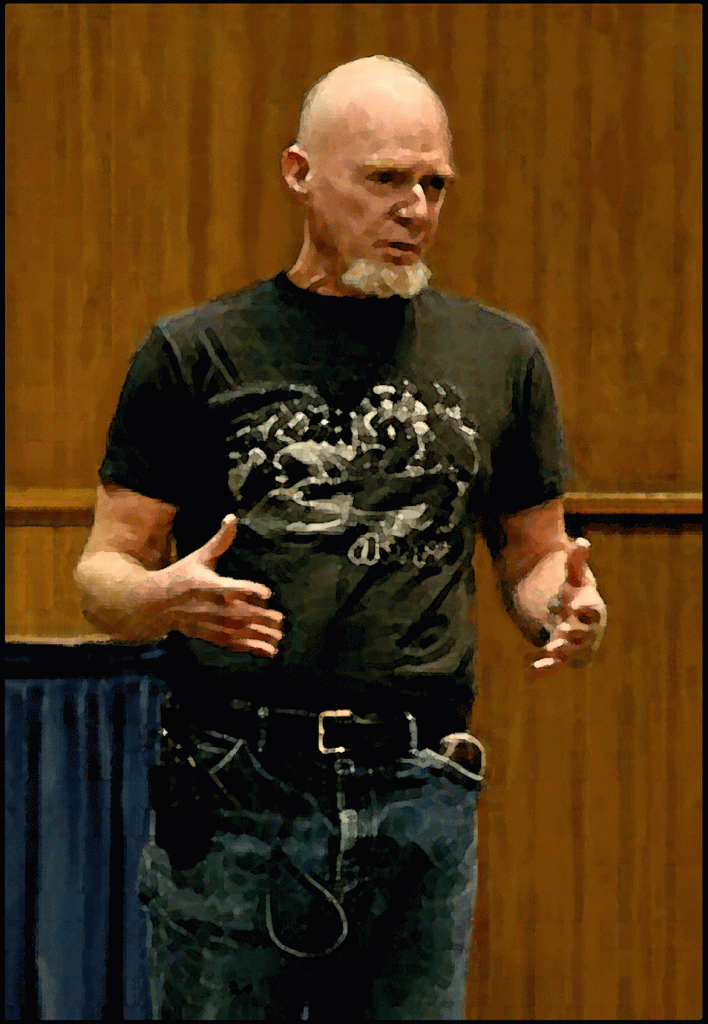
Michael Blake talking at Southwestern Oklahoma State University on 8nov2006. This is pretty much the Michael Blake that I met in El Segundo, California, in December of that same year.
We had previously known each other when Michael initiated the relationship by phone when he was writing Indian Yell: The Heart of an American Insurgency (Northland, 2006). He had asked me to review his chapter dealing with Custer’s November 1868 attack on Black Kettle’s Washita village. He had read my Custer and the Cheyenne while recovering from an operation and had contacted publisher Dick Upton to obtain my phone number. This began our relationship, which was confirmed at Dick’s symposium when we got to hang out together.
One thing that we compared over the years were our operations. I have had a lot, but Michael’s count made me sound like an “also ran” or “rookie.” My good friend Dick Upton let me know that Michael had unfortunately died on 2may2015. On Michael’s Facebook page his wife Marianne wrote: “We miss him very much but take strength in the fact that he is at peace now, reunited with his heroes — animals and humans alike.” I never knew his wife or children, but we continued to communicate mainly through letters and the phone. He was a survivor who had a clear focus on his life, what was important to him, and what he wrote.
He kindly gave me some of his published writing and I gave him some of mine. Michael wrote two autobiographical nonfiction works that I am aware of, and they were magnificent. In my humble opinion they were his best nonfiction books. You’ve got to realize that when I read a book I’m paying attention and taking notes of why or why not I like the book. This was and is a learning process that continues to this day. Whenever I coach or hire out to novice writers or wannabe writers I always tell them to think about books they’ve read and decide why they like or don’t like the book. … I have no comments on Michael’s Like A Running Dog, Vol. 1: Los Angeles, 1970-1972 (Hrymfaxe LLC, 2002) and his follow-up book Like A Running Dog, Volume II—Los Angeles 1979-1982, other than that they were great reads.

As I said in the flow of the text I couldn’t find Michael’s memoirs, but time is short and I couldn’t tear the house apart for I have too much on my plate at the moment. Put mildly I’m not pleased with myself. I decided to grab an image from my talk on the day that Michael and I met in person that December of 2006. It was slightly out of focus but I could have fixed that. Instead I decided to play around with color and turn it into art. What you are looking at here fits my life quite well. Mainly that I cherish a lot of people who are writers or artists or directors or artistic people or just normal folks that I love. I love their creativity, I love their thought process, I love their friendship, but most important I love knowing them. That said I can’t tell you how often I have missed out because I didn’t call, didn’t visit, didn’t take that extra step to spend time with special people. (I saw my brother Lee Kraft three, four, five times a week but his sudden death has torn me apart to this day and destroyed our father; Dale Schuler, my father’s best friend and partner who was like a father to me; Mark Hendrickson, an actor and magician who grew up next door to me; and Doug McGirr, my ex-wife’s brother and my friend since I met him in 1967—his death has shocked my daughter Marissa and awakened her to how precious life really is. These were sudden deaths, but there have been friends who didn’t live close that fought for their lives that I called once but waited too long to call again; Tony Graham and Doug Matheson are just two.) … I don’t walk with the devil but red is the color that represents the end to me. This image is to remind me not to pass off until tomorrow calls, emails, or visits that I could do today. (art © Louis Kraft 2015)
I have both in hardbound editions but it looks like only Volume I was published (but the two books Michael sent me look close, and certainly my Volume I looks like the printed book). I have an admission to make; I have books and research in every room except for the bathroom. I know, a sad state of affairs and Pailin reminds me of this. I can’t find these two books, but I have them and they are mine. They “ain’t” going nowhere, unless you gut me with your Bowie knife (I should add that I’ll nail you first, so don’t even think about it). Let’s take that “great reads” comment to the next level, if you are going to write an autobiographical piece do yourself a favor and read Michael’s two books. I don’t care if you are a novice writer, a bad writer, or a good writer, you’ll learn content flow, word usage, and composition from Michael’s text. You’ll also see a damned good way to write an autobiography or memoir.
I really should mention Michael’s Marching to Valhalla (Villard Books, Westminster, Maryland, 1996). I read this book when it was published, and this happened before Michael and I met via phone. At the time I saw at least one review that stated that Michael pulled his storyline from Errol Flynn’s film, They Died With Their Boots On (Warner Bros., 1941). Flynn’s film is one of my favorite films of all time (see Wild West, August 2014 for “Must See, Must Read” by LK), and as far as I was concerned that review was pure bullshit. By that I mean that I don’t think that Michael’s book and Flynn’s film were similar. I liked Michael’s novel about George Armstrong Custer. I wasn’t crazy about it but I liked it, and more important I thought that it would translate to the screen. Years later, in one of my better articles in a national magazine, (“Custer: The Truth Behind the Silver Screen Myth,” American History, February 2008) I pitched Michael’s quest to get his book onto the screen. If memory serves me back in those days he had a few big-name actors attached to the possibility but alas nothing happened. A shame, for it could have been a good film.
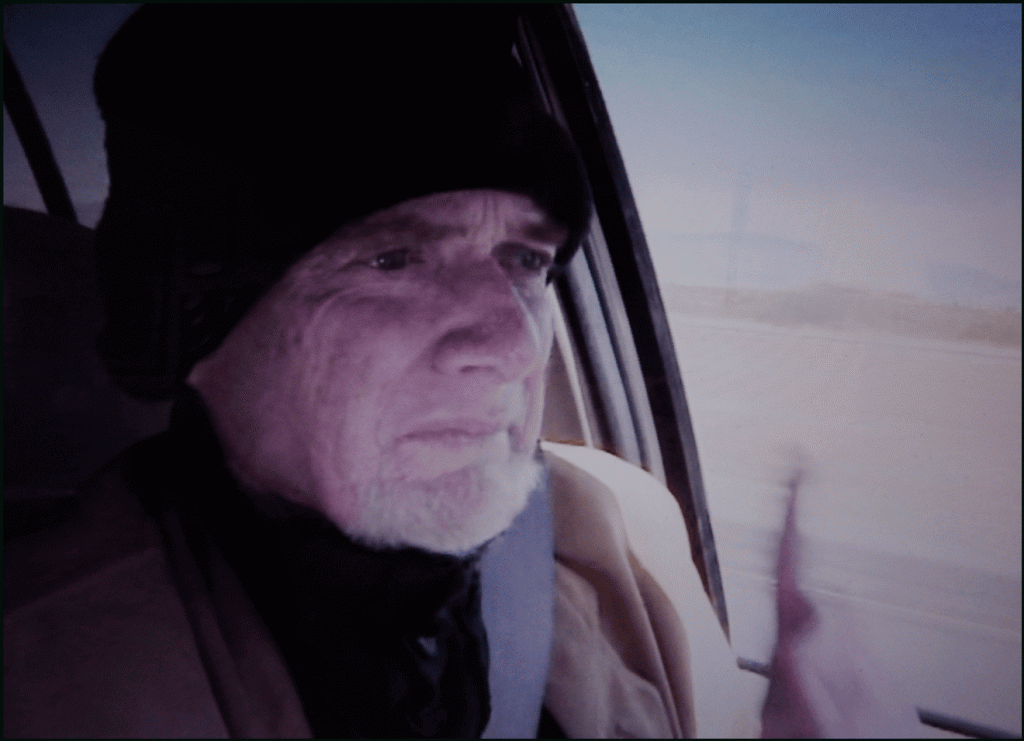
Michael Blake as he appears in his DVD The American West: On the road with Michael Blake (image © Wolf Creek Productions, 2008)
Moving forward Michael sent me a “Screener Copy” of a great filmed nonfiction documentary series idea that he shot with director John Carver (Wolf Creek Productions, 2008) titled The American West: On the road with Michael Blake. It was slow and meandering—perfect for this type of Indian wars documentary as Michael, on horseback—a place he loved—talked about the end of the Apache wars as he took you to various historic sites.
Michael wanted me to write a comment for the DVD label. I did, and it appeared on his website for years (don’t think that it is there now), and he never sent me a DVD that he sent to potential backers.
Bottom line: Michael was a great human being who cared about people; living in our past; animals (he loved horses and had a great respect for the American Bison); and when he wrote he did so from the heart. Every writer should do this. … We have lost a great writer and I have lost a good long-distance friend. If you read his works he’ll be with you, and more important for me is that he’ll always be with me.
Teaming up with Tom Eubanks for a pitch
Several years after Michael’s The American West: On the road with Michael Blake DVD was completed my great friend writer-director Tom Eubanks and I teamed and tried to sell a Ned Wynkoop/Southern Cheyennes five-episode documentary. I lined up top-notch Indian wars historians and Southern Cheyennes to take part in the project.
The image at right is based upon a photo that writer Johnny Boggs took at the final dress rehearsal for the Wynkoop one-man shows contracted by the Washita Battlefield National Historic Site (Cheyenne, Oklahoma) in December 2008. That’s director Tom Eubanks on his knees begging LK to remember his lines. I like that sentence but it’s not true. We’re discussing the prayer at the end of the play, and as you can see my nose was red. Yep, LK was doing some crying. Tom was showing me how I could improve the scene.
I made sure that Tom saw Michael’s DVD and he loved it. I added Michael’s horseback riding to the storyline to bring the viewers into the location and land that played a major role in what happened. Like Michael, we struck out. Probably in both Michael and our proposals the cost of location production killed us. As in the past, I have learned to “never say ‘never.'” If the chance arrives I will again toss Tom and myself into the ring.
Helping other writers + LK books & plays
One thing I’ve become quite good at over the years is not ripping another person’s writing (this said, my apologies for the above on McCarthy). When asked to review I’ve generously given my time and constructively marked up manuscripts. In the past I had done a fair amount of free reviews with comments of what the writer should focus on when improving his or her manuscript.
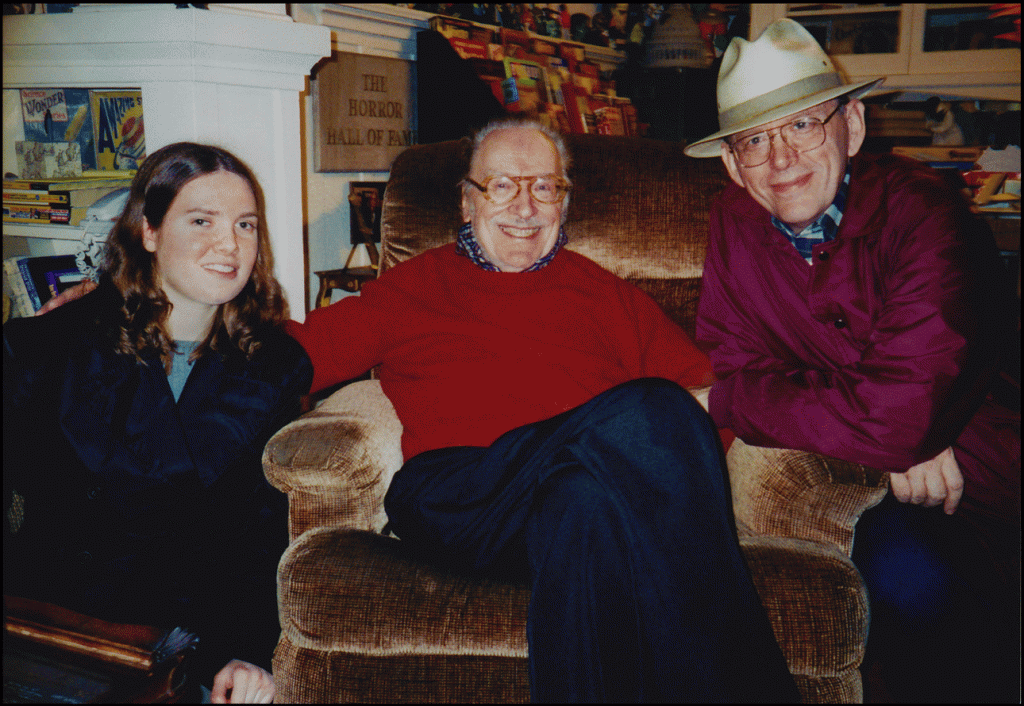
My daughter Marissa (left in image) would meet and spend quality time with writer/historian Eric Niderost (right in image) over the years. On 15mar2003 it poured rain in Los Angeles. This used to happen in the past but during recent years Los Angeles and all of California has fallen upon hard times, actually the worst drought in over 100 years. On this day we went to see the museum at the La Brea Tar Pits next to the Los Angeles County Museum of Art and then visited magazine publisher and collector of science fiction film art and collectables Forrest J. Ackerman (center in image). Eric had set up our appointment with Forrest and his open welcome to unknown people into his Hollywood home that was really a museum became a major film history highlight. I am not a fan of horror or science fiction films, but let me tell you Mr. Ackerman had major framed posters of the key films from the silent era and into the golden age of cinema. He also had major artifacts such as Bella Lugosi’s original Dracula cape and the miniatures from the film The War of the Worlds (1953). (photo by Louis Kraft and © Marissa & Louis Kraft and Eric Niderost 2003)
One was a 100-page draft of a period thriller that took place in 1930s Shanghai by professor, historian, and author Eric Niderost, who has been my friend since 1995. It took me over a month to mark up the 100 pages (and I not only worked 40-50 hours I also had a roughly 10-hour drive weekly, and I worked on my writing usually between 20 and 40 hours every week when writing for companies). Eric had/has I think a great story idea and I hope that he pursues selling it, as he now has a completed manuscript.
I also completed a full review of Tom Eubanks’ PK (“PK” stands for “Preacher’s Kid”), which took place on a Caribbean Island (if memory serves me). Tom has been a good friend since we met at a Ventura County Writers Club weekly readings in 1990. Although we were at odds at times I saw his writing talent immediately. The group didn’t end, but I dropped out when a divorce removed me from Ventura County. I had then lived in a great house with a pool (swimming is my favorite exercise sport) a half block walk into the Santa Monica Mountains in Thousand Oaks, California. The divorce moved me back into Los Angeles County, but the end of my marriage did not mean the end of my friendship with Tom. He is one of the few people I know that whenever I see him it is just like we saw each other the previous week.
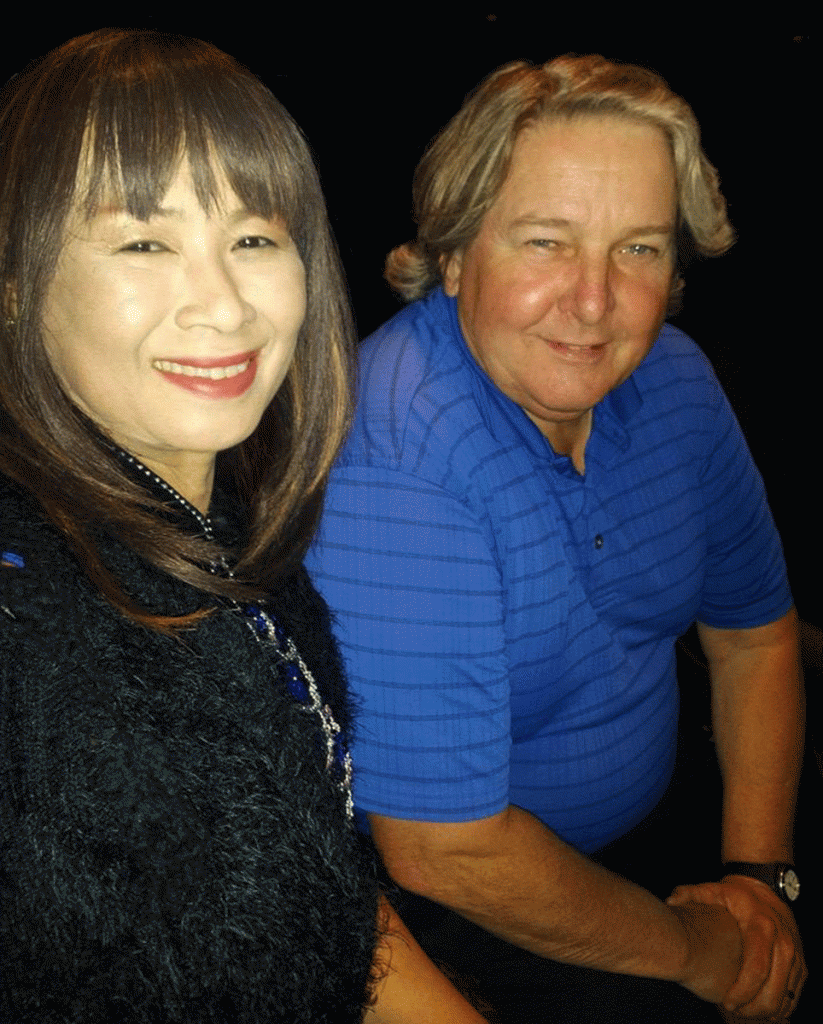
Pailin and my great friend Tom Eubanks at his Elite Theatre complex on the Pacific Ocean in Oxnard, California, on 24apr14. That night we saw the final dress rehearsal of a play that Tom wrote and directed called The Art of Something. Over the years Tom and his wife Judy have played a major part in my life. On that evening Pailin met Tom, Judy, and their youngest daughter, Hannah (whom I’ve known since before she was born). A good night. (photo by LK, and © Pailin Subanna-Kraft, Tom Eubanks, and Louis Kraft 2014)
Tom is perhaps the most talented person I have ever known, and his energy blows me away. He’s also a wiz with words and the copy I reviewed of PK was polished. Many pages (somewhere between four and five hundred), but I completed my review of his preacher’s kid story draft in about two+ weeks. Upon my suggestion Tom changed his book title but I don’t remember what he changed it to as I never saw the printed book.
Beginning in 2002 he became my director for all the Wynkoop one-man shows and Cheyenne Blood (2009).
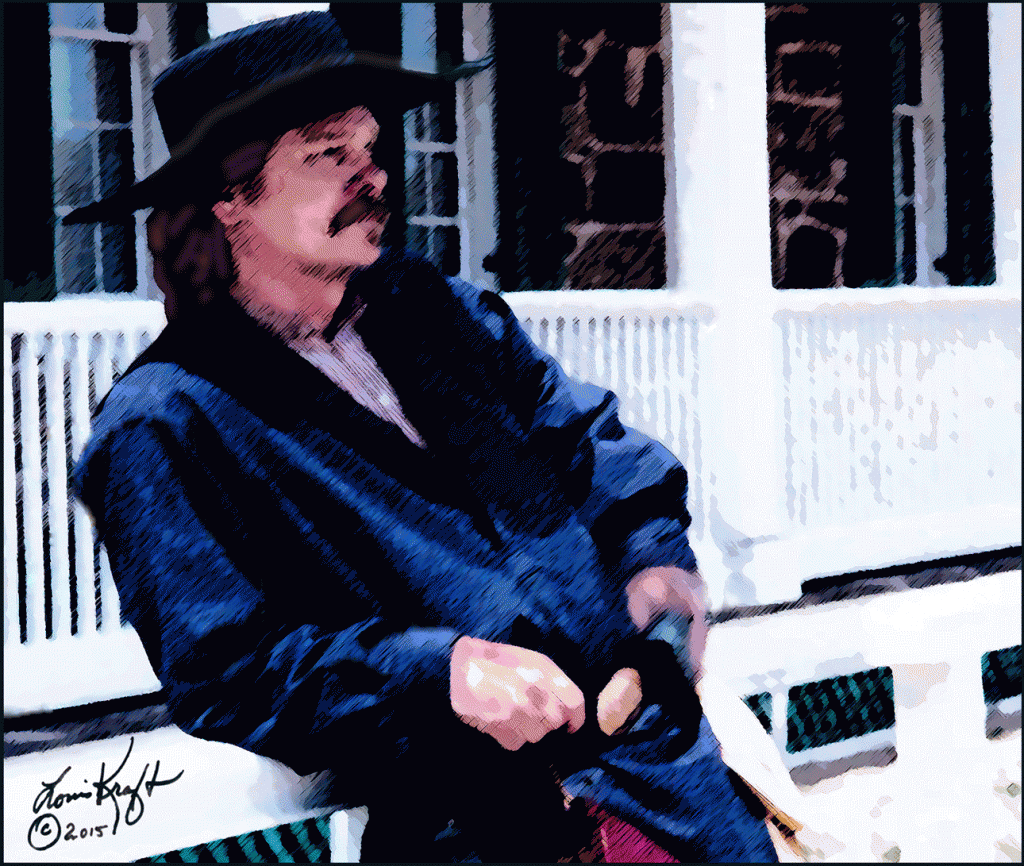
This art is of LK in 2002 at Fort Larned, Kansas. I worked on it as I hope to turn it into art of Wynkoop for the Sand Creek book epilogue. I think that this is doable, and it is certainly a good start. …. BTW the goal of all writers is to create a manuscript/book that earns money. University presses are by far the best nonfiction publishers in the USA, and I consider myself lucky to write for the best Indian wars publisher in the world (University of Oklahoma Press). (art © Louis Kraft 2015)
To date he hasn’t commented on an Errol Flynn play with perhaps five or seven actors but hope burns eternal that someday I’ll catch him at a weak moment. And I still haven’t given up hope of getting Johnny Boggs’ great novel East of the Border on the stage. Yeah, I want to play Flynn and Wild Bill Hickok while I still walk this earth.
I don’t edit for free any longer. I just don’t have the time unless I work as a contractor for a reasonable salary which is usually more than most writers or would-be writers want to pay. … The offers come, but usually with attempts to reduce my salary. Bottom line: I don’t write for companies any longer and my writing focus is now my books, let me repeat that—my books, and although I could use the money, if I work as a contractor I will receive an acceptable salary and the contract will be juggled with my book projects. … For the record, my partnership with Bob Goodman on The Discovery began as a contract, but changed to a partnership upon Bob’s request and my realization that I knew that I could bring his story idea and characters to life.
Simple, and there will be no arguments or major negotiations.
LK as a minister
For almost 10 years my girlfriend was Japanese (born in Hawaii). Her name was Cindy Tengan, and I’m proud to have known her, for she was a major part of my life (and will always remain a special person who I loved with all my heart). She was gorgeous and oh-so sexy (just thinking about her brings back sensual memories of our intimacy). I can’t begin to tell how wonderful it was to hold her naked body next to me. At the time I met her, her two girls were adults. One had dropped out of college and would soon move back to Hawaii while the other was just beginning her college career. I did my best to befriend both of them. The younger daughter and I connected, and her boyfriend and I became buddies. This relationship began in late 1994.
By 2003 my health was in great distress and there were two major operations that year (without checking I believe that my operation count is currently at 14). Between those operations (which cost me 4 1/2 months of downtime and learning to walk again) my lady’s daughter asked me to marry her to her boyfriend. I read her draft of the ceremony and said that I would if I could rewrite the words that I would say (she and I reviewed the draft numerous times until we mutually agreed on the text). I then laid it on her: It would be an acting performance. “What do you mean?” “I mean that I won’t read a word.” As far as I was concerned I would be playing a minister, and as such I would be performing a ceremony that I had previously performed hundreds of times. Oh yeah, Kraft was about to step onto the stage one more time. A three-person ceremony with one performance. She agreed, and we were off to the races.
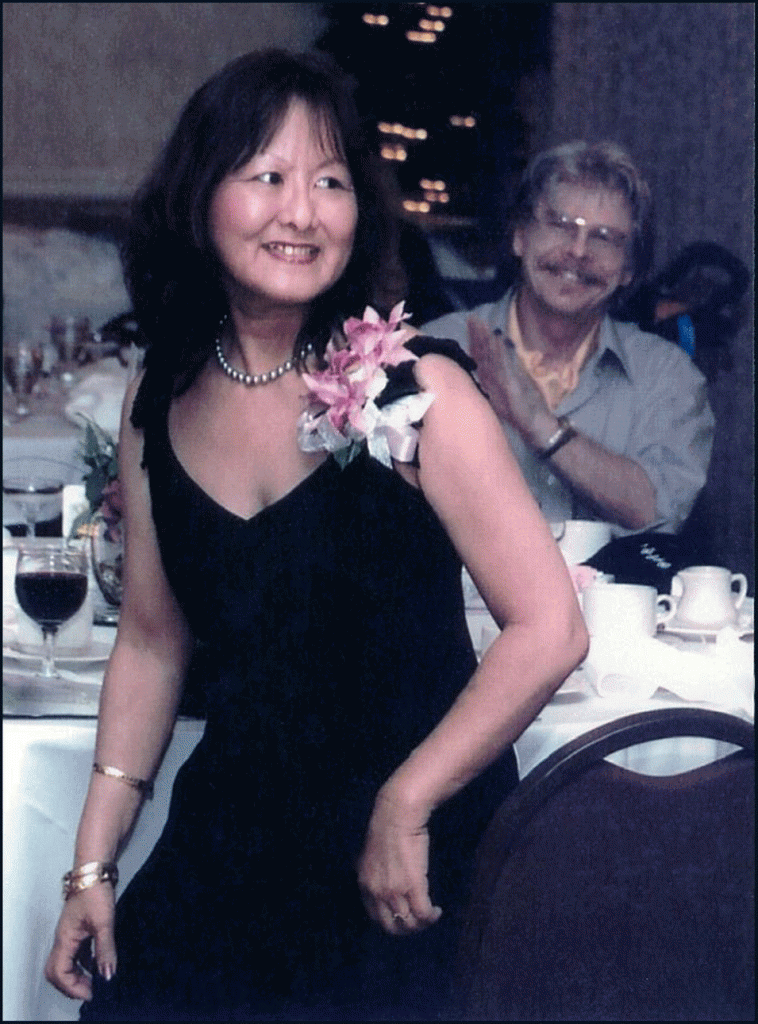
You are looking at Cindy Tengan on the day of her daughter’s wedding on 9aug2003. She was a special lady and I’m lucky to have known her for almost 10 years. She was never more beautiful, alive, or happy than I saw her on the day and night of Chelsea’s wedding. She didn’t think much of her body, which I could never understand for she was absolutely beautiful. (photo © Cindy Tengan & Louis Kraft 2003)
I had one hell of a great time marrying Chelsea to her boyfriend. I was front and center and watched the tears of joy up close. Good stuff, and one of the highlights of my life. Afterwards a lot of people commented, and they wanted to know how many marriages I had performed.
“One.”
“Get out of here!”
“And it is my last one.” This scattered most of them. Others pushed, and I pushed back just as hard: “There will be no more weddings performed by me!” The reason was simple: I didn’t and don’t have the time.
My writing world and welcome to it
My writing world is mine. It doesn’t belong to anyone else. What other writers do is part of their writing world and it has no connection with my world. I take years and years and years to research a book, and then years and more years to write the book. For example research on Ned Wynkoop and the Lonely Road from Sand Creek and Sand Creek and the Tragic End of a Lifeway began in 1985. The Wynkoop book was published in 2011 and the first draft of the Sand Creek manuscript is due on 1oct2016 (both books were/are contracted). If someone can research a major nonfiction work and write it in a year, kudos to them. All I’m saying here is that I will never create any of my books in a year.
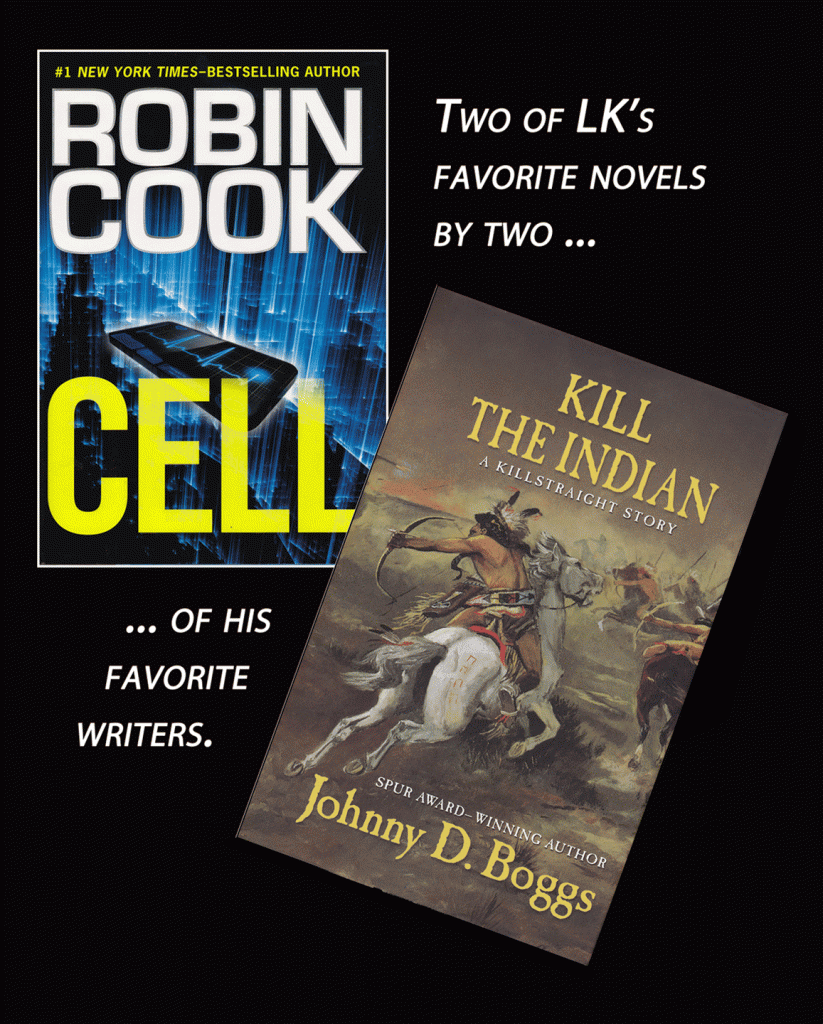 I haven’t read a lot of the nonfiction or fiction that is published each year (actually this is a major understatement). I can count all of the novelists that I respect over my entire life on my two hands. There are a lot of nonfiction writers whose work I respect. The above said, it would take me two or three hundred pages to discuss nonfiction and fiction writers that I don’t think are very good.
I haven’t read a lot of the nonfiction or fiction that is published each year (actually this is a major understatement). I can count all of the novelists that I respect over my entire life on my two hands. There are a lot of nonfiction writers whose work I respect. The above said, it would take me two or three hundred pages to discuss nonfiction and fiction writers that I don’t think are very good.
Yep, this is my world, and I have no intention of agreeing to bullshit, lies, and errors. I don’t care if the writer has a big name or comes from a major publication house, for the simple reason that poor research or intended errors to deceive the reading public are heinous (and from my point of view criminal acts). END OF SUBJECT.
Researching and writing a book in a year …
I’m certain that good novelists can do this. However, knowing my track record and how long it takes me to uncover the truth I don’t think that nonfiction writers can do this unless they have a huge staff performing their research for them. A recent book has done quite well, and the writer’s prose dealing with the here and now with the tragedy of Sand Creek seems to be right on the money. However, the writer’s historical research into 1864 and 1965 is error-riddled.
I say the above, as people shouldn’t take popular nonfiction as gospel for more often than not it perpetuates errors that have been in place for decades …. or worse creates new errors that will now be repeated ad nauseam.
Back to Vee’s comments on her writer-friend, … I thought she was talking about nonfiction but she had said something that her friend told her: “Characters drive plot.” This sounds like fiction to me, and if yes, I totally agree with her writer friend. The characters move the plot, and a writer must allow them to do this. … Again I haven’t read this lady’s books, so I cannot say anything about them. Going with the above, perhaps I should read one of her books, for she is right on here. … Nine months of research seems reasonable for a novel, however I believe that research for fiction (or nonfiction) should continue until the copyediting has ended for one never knows when new information that wasn’t known is found or what was thought to be factual was in fact wrong.
My problem remains with writing and delivering a polished 125,000-word fiction manuscript in three months. That’s a mouthful—no more comments.
Other than to say that I can’t and will never be able to do this.
But that’s just me.
Let’s deal with the research
Research for writers vary, but unfortunately way too many writers write books that are based upon secondary books that may or may not have faulty information. This perhaps can work in fiction, but not always and especially not when it is an historical novel or a medical thriller that require facts. Today I’m going to stick with historical fiction, which often presents itself as being based upon fact when often just the reverse is true. That is the writer didn’t perform decent research and the story is loaded with factual errors. Often I have read a novel and went “Wow! This is good stuff.” Unfortunately when I read novels that are based upon historic or modern subjects that I know intimately I am bent over in agony and screaming at the gods for the pitiful research that now unwary readers think is factual. I’m going to provide two examples here with the caveat that I don’t know how long it took the writers to research or write their books:
Sand Creek by Kevin Cahill (Bloomington, Indiana: Author House, 2005): Mr. Cahill has a good website that Northwestern University used when they explored John Evans’s actions at the time of the Sand Creek tragedy (see Report of the John Evans Study Committee, May 2014). BTW, I do believe that Mr. Cahill’s site (Kevin Cahill’s Lone Wolf Sand Creek website) is well done and of value to researchers as it offers valid links to historical documents that are available online. Evans was governor of Colorado Territory at that time. Back to Mr. Cahill’s book. He even uses historical images in his novel, and the total presentation is that his book is factual. No! The reason is simple: His research is incomplete, but not for his lack of research for I believe he was diligent. There is so much primary source material on the subject that obscure pieces can be missed. I’m not blaming Mr. Cahill at all, for I think that he created a damned good novel. … I know Ned Wynkoop and his life like the back of my hand. My study of him began in the mid-1980s and it continues to this day. … It has oft been stated that Wynkoop fell off his horse during Captain Silas Soule’s funeral procession in Denver in 1865 and that this injury would affect him for the rest of his life. True, the injury would affect him and it would worsen with time. However the year of 1865 is totally wrong, for the event happened in 1861 (Don’t believe me? Check the Rocky Mountain News in 1863 and 1865. The answer will be before your eyes.).
Wynkoop’s fall from his horse happened and the horse covering him on the ground in Denver in 1865 first saw print in secondary books, but it has been around for decades. Writers that don’t perform good research grab this 1865 horse incident and run with it. Hell, if it is in print it must be true. No!
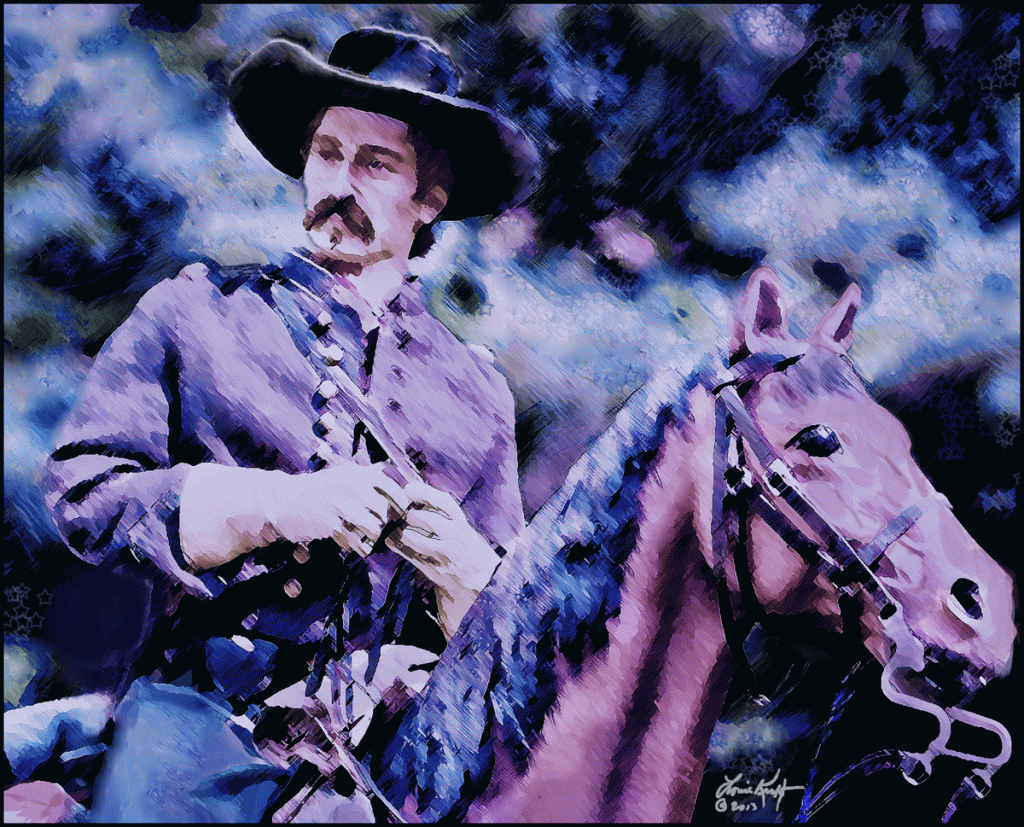
Many of you have seen this Wynkoop portrait that documents him confronting the Cheyenne and Arapaho battle line on 10sept1864 near a tributary of the Smoky Hill River is western Kansas. It originally saw print in the August 2014 issue of Wild West magazine in an article entitled “Wynkoop’s Gamble to End War.” It is totally copyrighted and protected, and as a grayscale image will be used in Sand Creek and the Tragic End of a Lifeway (University of Oklahoma Press). Some of my articles have won awards. My opinion: This is the best published article that I have written.
There are three major pieces of primary source material that show that Cahill is wrong (as are nonfiction writers that have repeated this piece of fiction). They are:
- Newspaper accounts that document a funeral procession in Denver in 1863 wherein Wynkoop’s horse was spooked, reared up, and when he was not able to control the animal it fell backward and onto him (not one but many articles).
- Wynkoop’s military file. For the record Wynkoop was at Fort Lyon, Colorado Territory, during the entire month of April 1865 and not in Denver—thus he couldn’t have attended Soule’s funeral.
- Newspaper accounts for the entire Denver area for the month of April 1865, which contain absolutely no mention of Wynkoop being in the city at that time, attending Soule’s funeral, or having a horse mishap.
I’m picking on Mr. Cahill’s novel and I shouldn’t be. The reason is simple: There was a lot of “supposed” decent nonfiction books that confirmed what he used in his novel. Unfortunately the nonfiction books repeated what was never true. He trusted the history books he read, and I almost did, but luckily stumbled upon the truth. That’s it. If I didn’t know anything about Sand Creek story I might have loved his novel.
Ladies and gentlemen I can’t tell you how often I have been shocked by errors that are not only caused by improper or incomplete research, but worse—and here I’m talking about nonfiction—the creation of facts (that’s right, creating facts that are fiction to dupe the reader); the misrepresentation of facts on purpose or because the nonfiction writer didn’t bother to complete his or her research (Read: They read one or two or three secondary books); inadequate documentation (that is their cited notes are so obscure or vague or inaccurate that the reader cannot find them to view them). There will be two upcoming blogs that will discuss this in detail and they won’t be vague.
 Another book is, believe it or not, a young readers book, Edward Wynkoop: Soldier and Indian Agent (Palmer Lake, Colorado, LLC, 2014). The author, Nancy Oswald, kindly said the following in her Acknowledgments: “I would like to acknowledge Louis Kraft, biographer and author of Ned Wynkoop and the Lonely Road from Sand Creek. Without his book and his in-depth research and knowledge, my own understanding of Wynkoop’s life would have been far less complete.”
Another book is, believe it or not, a young readers book, Edward Wynkoop: Soldier and Indian Agent (Palmer Lake, Colorado, LLC, 2014). The author, Nancy Oswald, kindly said the following in her Acknowledgments: “I would like to acknowledge Louis Kraft, biographer and author of Ned Wynkoop and the Lonely Road from Sand Creek. Without his book and his in-depth research and knowledge, my own understanding of Wynkoop’s life would have been far less complete.”
Wow!!! The above is more than kind. Moreover her Wynkoop book won the Western Writers of America Spur award for best juvenile nonfiction for the year 2014 (SEE BELOW: For this in itself is reason enough for me to drop my membership to this organization as I have been totally embarrassed—anyone who reads her acknowledgment and knows anything about Wynkoop will think that my book is a total piece of crap … say what?).
There’s only one problem, and it is major.
I don’t think that author Oswald read my Wynkoop book, for if she did she decided to ignore many of the known facts documented in my book and replace them with often-repeated errors that are prevalent in popular nonfiction. For example:
- Wynkoop worked as a bartender in the Criterion Saloon in Denver to earn extra money. This isn’t mentioned; instead it is replaced with the oft repeated error that Wynkoop earned money as an actor on the stage (page 12). For the record Wynkoop acted on the Denver stage but as an amateur, and he never earned a penny as an actor.
- Wynkoop resigned his commission as U.S. Indian agent while still en route to Fort Cobb, Indian Territory, on November 29, 1868. Although he didn’t know it and would not learn of it until he returned to civilization, Black Kettle’s village on the Washita River in Indian Territory was attacked and destroyed on November 27, 1868. Black Kettle and his wife, Medicine Woman Later, died that day. On page 53 writer Oswald states: “When Wynkoop learned of Black Kettle’s death, he wrote a letter of resignation.” This statement is absolutely incorrect!
There’s more, much more but not for this blog.
Nancy Oswald’s writing flows nicely and her book is a page turner. Unfortunately she included major errors about Wynkoop. With her kind words about me she implies that these errors came from me. They did not. Web pages that profess the truth aren’t always accurate and primary information should be consulted to confirm everything on these websites. This takes time—lots of time and many writers prefer to take short cuts when researching. Many nonfiction books are error-riddled, especially popular nonfiction which doesn’t bother with notes (and believe it or not even more so with some of the major pieces of popular nonfiction that have notes).
What can I say other than I’m embarrassed by Osward’s award-winning book for it is little more than a poorly written piece of trash (Yeah, I’m repeating myself—but damn it to hell I am!), and I wish that she never said a word about my book.
Believe it or not I am considering dropping my membership in Western Writers of America (My apologies, for I’m again repeating myself.) for the simple reason that when judges are selected to review nonfiction they should make an attempt to confirm what they are reading before casting their votes. Obviously some of the members of the WWA have their fingers stuck where the sun doesn’t shine. SHAME on them!
People are my life & my writing world
People from times long gone, people from the more recent past, and people in the here and now are with me every day. I care about people, and their lives. Everyone’s life is unique and it shouldn’t be treated cavalierly nor should their lives be forgotten because they weren’t a king or president or sports hero or a soldier that was responsible for the death of innocent people or just an evil person that rapes, steals, and murders.
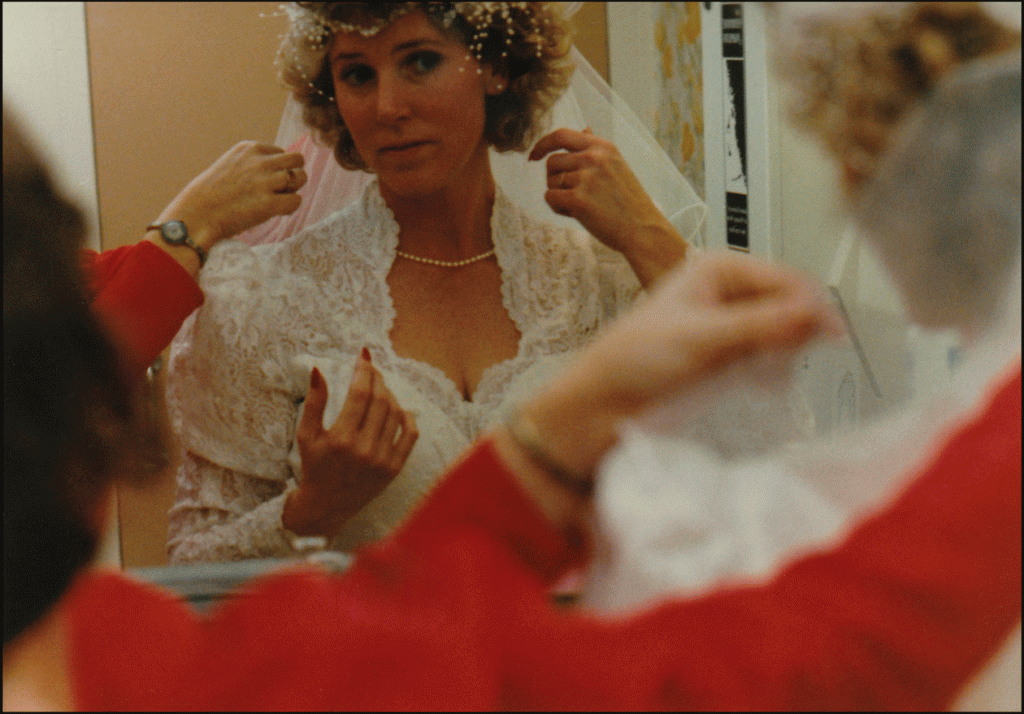
My ex-wife’s and my gift to my sister, Linda, was that I would shoot her wedding to Greg Morgon on 3dec1988 at their church in Long Beach, California (others shot some photos but they were catch as catch can) and give them prints. My ex-wife worked for a number of years as a professional photographer. I learned from her, directors of photography on films and TV, and from fashion photographers that I worked with over the years. Here I’m trying to get a little too “artsy-fartsy,” but I liked my attempt (even though it is out of focus). My ex-wife, Marissa, and my father participated in the wedding ceremony. My brother Lee refused to attend (no matter what my father or I said to him), and his reasoning was valid (but this is for the memoir). I was present, but there are no photos proving this. My sister was radiant and beautiful, but then she was always beautiful. This image is full frame as I captured her in the mirror of the bride’s dressing room before the ceremony. (photo © Louis Kraft 1988)
I grew up with two parents that accepted people regardless of their race. But in those times during my school years and for decades after I saw a lot of racial prejudice. Sometimes I closed my ears. At other times I didn’t but depending upon the person I might have just scratched them off. My sister, Linda, served as a deputy sheriff in the Los Angeles County Sheriff’s Department and then as an investigator for the Los Angeles District Attorney. When she knew that the end had arrived she gave me both of her badges, and I cherish them. I saw racial attitudes in her at times but placed them on her career path. Strangely she kept her distance from our family for most of her adult life (and my ex-wife has suggested a reason that I think may be correct).
During the last two years of our mother’s life, my brother Lee who then lived at home gave our mother multiple shots every day and our father drove her to San Diego for experimental cancer treatments monthly. Our mother went into a hospital three weeks before Christmas 1979. On a Saturday morning I took a day off and flew home from San Diego where I worked on a film shooting at sea. She was released that day and I spent almost two days with her before returning to the location. Linda wasn’t around. I had one more week at sea and then a couple of days at the studio for pick up shots. My work ended three days before Christmas. Linda, who’s birthday was December 24, arrived. Mom wasn’t good, and the day after Christmas she returned to the hospital for the last 10 days of her life. I spent those 10 days and deep into the nights with my father, and this cemented our relationship for all time. On New Year’s Eve after he and I left the hospital we returned to his and my mother’s home and drank and smoked and and talked deep into the wee hours. I finished my last cigarette just before the midnight hour and have never smoked since.
Lee, who was 23 was distraught, placed the blame on himself for the inevitable, which happened on January 4, 1980. Linda wasn’t around. When I asked her about this later, she said: “I didn’t know Mom was dying.”
Our father died 19 years later. I had been taking care of him for years, and just before the end he said to me, “If I knew that I’d live this long I would have taken better care of myself.” I called Linda on a Friday night and told her that dad wouldn’t make it through the weekend. He died two days later on Valentine’s Day. On that day I left over 40 voice mails on her home and cell phones updating our father’s status. Early on Monday morning she finally called me. “Where were you?” I asked. “It was Valentine’s Day,” she replied. “Besides I didn’t believe you.” My sister was AWOL for our mother, our father, Lee, and myself her entire life. She was about her, and we didn’t exist. Over the years I had tried to love her, but couldn’t, but now I knew why. The upcoming days would confirm what I already suspected. She not only lied to us, she stole from us. Certainly from me, for after dad was gone she stole over $250,000 from me by selling his house without letting me know. Her reason: she needed a downpayment so she could buy a third house. She sold dad’s house for $139,000. Five months later his house sold for $510,000. When I told her this she snarled at me: “Why did you tell me this.?” “Because I wanted you to know how much money you F—ed me out of because of your greed.”
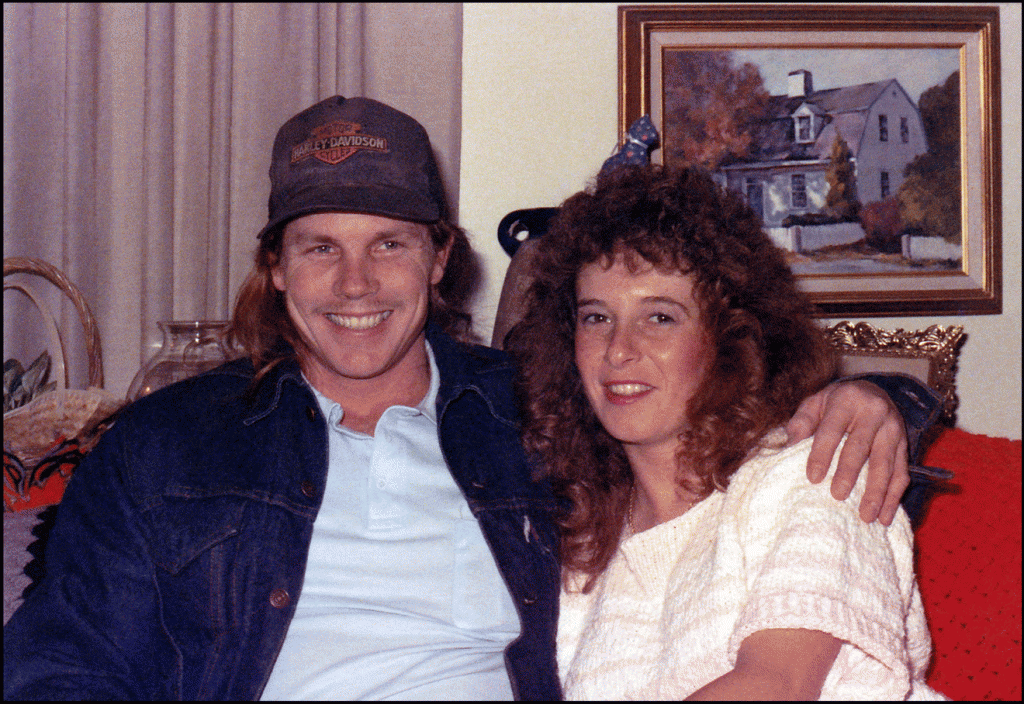
Lee Kraft and his girlfriend Robin Fried at the first house that my ex-wife and I owned in Encino, California, on Christmas day 1988. He was a good looking fellow and the best athlete I ever played with or against. He had a great smile. Robin was a lady that I always liked, and even more so after Lee’s death in a little over a year for she was absolutely terrific with my dad. Luckily she found me on social media and we have reconnected (after a long separation that I had nothing to do with and didn’t know about until long after my father died in 1999). Again, my loving sister (and I am sarcastic here) did everything possible to destroy everyone connected with our family, and this included Robin who my father loved like a daughter. I took at least one other photo of Lee on that day, and that photo is my favorite of my brother. (photo © Louis Kraft 1988).
Although Lee was nine and a half years younger than I was we were always close. We shared a bedroom during the entire time I lived at home. One night when he was still young our mother caught me climbing out the window with him my arms. “What are you doing?” “The Martians are coming. We’ve got to get out now!” (I never did well with horror and science fiction films.) When he was about 10 or 11 I told my mother that he was stealing my clothes. She questioned him. “No,” Lee said. We lived on half an acre in a rural area of Reseda, California. One day I was going out the back door and Lee was stuffing one of my coats into an old washing machine that our father hadn’t gotten rid of yet. Oops!
Our relationship grew even stronger once he reached 18 or so. But Lee also had some racial tendencies (which I saw when we played sports, and this I found surprising for our ball team had players of various races and they were his friends). And you know how it is; brothers would be brothers and they would fight and this grew as he also became an adult. When a friend of Lee’s, Ron Powell (who I liked), was redoing my roof in Encino with Lee and I was assisting he didn’t finish the job and when I had to hire another roofer to finish the work I kept Powell’s tools. This angered Lee and we didn’t speak for quite a number of months (eventually I returned the tools). On another occasion we had a ball practice on a holiday before Lee and his wife Teresa or his long-time girlfriend Robin (who adored our dad until his death) and Tony and Cindy Graham were coming over for a barbecue. After the practice Tony (who I believe was Lee’s best friend of all time) told me he decided to do something else. We got into a fight and then suddenly it was Lee and I wrestling around on the ground with Tony trying to drag us apart. Another string of months with no communication. But then it was over and was just like nothing had happened.

Pailin asked to take a picture of me as I cooked dinner for four good friends that visited Tujunga House on the Fourth of July 2015. The front of the house faces east but it was a sunny day and sunshine still blasted through the dinning room windows. We had good lighting but for some reason her phone camera messed up big time. I liked the image for it both told a story and gave a good rendition of what I currently looked like. Some people cringe (I can see it in their eyes); others like this look. Me? It’s my shaggy dog look. Sudeshna Ghosh, Robin Fried, and Pailin all like it. When I growl at Pailin and ask her opinion about getting my hair cut, she refuses to answer. Silence is golden. To use the image I used my paintbrush and healing brush tool in Photoshop. I decided to use this image here as shows you how close Lee and I looked. (art © Louis Kraft 2015)
Lee was always there for me.
The memoir is coming. The question is, how do I write it? I know the answer. Truthfully. I haven’t read many autobiographies or memoirs that are truthful; many are gloss overs or sometimes attacks. There is good and there is bad. There are good times and there are bad times. Certainly for me. Relationships begin and unfortunately many end. Why? What happened? Why did I get that acting job? Why didn’t I get those 50 acting jobs? Before he died Edward G. Robinson, a big star from the golden age of film, said that he wished that he had a nickel for every time one of his films played on TV (actors didn’t receive residuals in those days). I wish I had fifty bucks for every job interview and writing pitch or query that I’ve made over the years. … I’ve been knocked cold; I’ve taken a motorcycle over a cliff; I’ve had a knife at my throat in Austin, Texas, in 1970; six years later I was lucky to get out of Lubbock, Texas, without being tarred and feathered; I had a revolver pointed at me while driving Marissa to school (I told her to get off the seat and onto the floorboard); I took a fast car into a freeway center divider at high speed after it hydroplaned and spun out at about 65 mph. After hitting the center divider it spun two more times and took out the passenger side and then the rear end of the car. Surprisingly I walked away from the crash with my spine still functioning (my Vette died but it saved my life).
They say that the good die young, … but I don’t look at myself as evil.
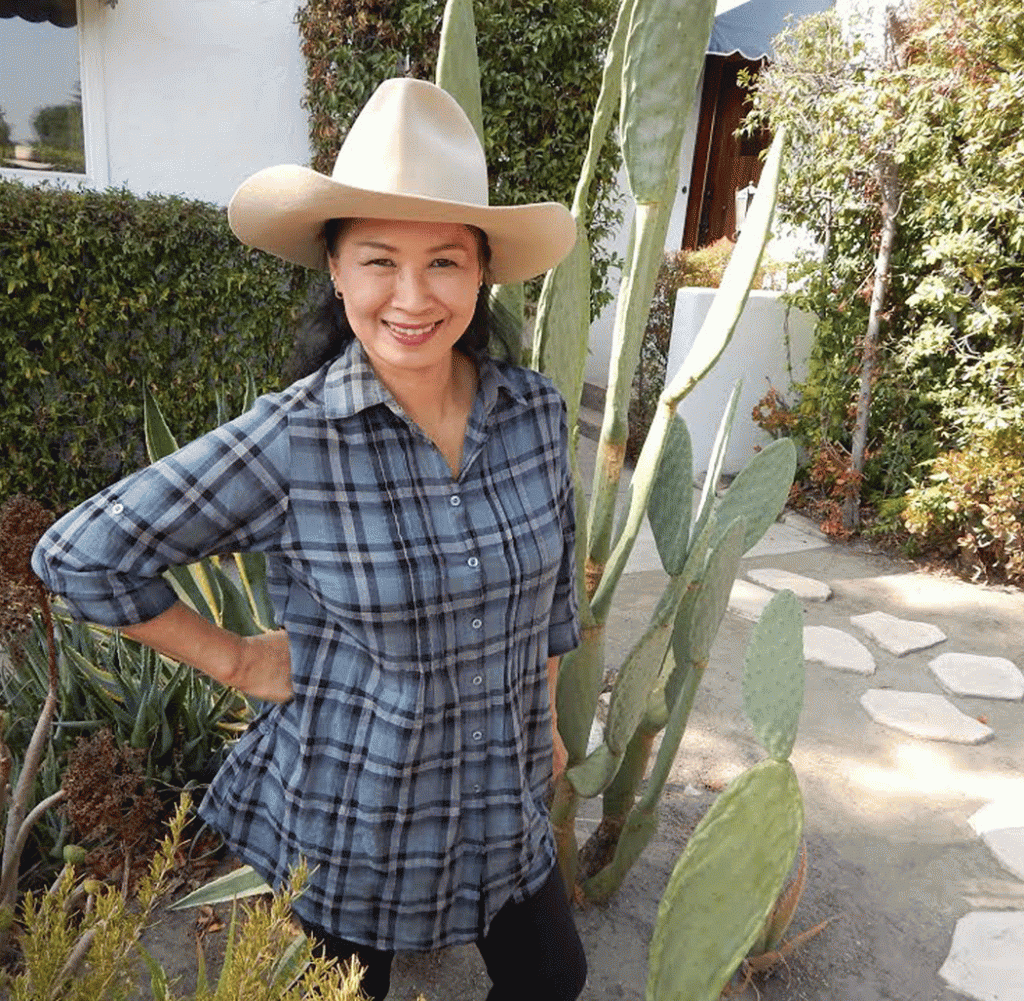
This is my lady, wife, and best friend Pailin in the front of Tujunga House on 24oct2013. … A little over a week ago she asked if we’d do a research trip this year. Alas, this isn’t in our timeline as she has continued schooling for her California Massage Therapy Council certification and I have major writing work staring at me. She experienced a research trip for the first time in fall 2014, loved it, and she is ready to go when I need to do another research trip. This is a first for LK!!!! (photo © Pailin Subanna-Kraft and Louis Kraft 2013)
I’m not telling you anything that you haven’t seen or experienced personally. My goal is to tell this story truthfully, and by the way this memoir has been in the works for years. You would be floored if you saw how much research I have. That said I haven’t written a word (but that’s not true for you’re seeing a fair amount of it in these blogs). … That’s right, I use the blogs as a research tool for myself.
All of the words in this section are here for one reason. I must know as much as possible before I develop a talk, write an article or a book, and the research never ends. There are answers out there and I want to know them. This has been in place since the Custer/Cheyenne book, for both of the Gatewood/Geronimo/Apache books, the Wynkoop/Cheyenne book, the Flynn and de Havilland book (which is on hold at the moment), and so it will be for the Sand Creek book (Cheyennes and Arapahos and their lifeways, whites who want to develop a great new land, whites who married Indian women, their mixed-blood children, and the whites that spoke out against the killing of Cheyennes and Arapahos who were told that they were under the protection of the military when they were attacked and in many cases sexually hacked to pieces at Sand Creek in Colorado Territory on November 29, 1864). These books are hard to write for I want the people to come to life, and to do this I must find what made them tick, what made them do what they did. Actions and not words define who people are.
A lot of research, a lot of edits, and a lot of rewrites went into the creation of this blog. Writing is what I do. It is work and it takes time to get it right.

